There are many different types of exercise that can be effective for losing fat and improving overall health. However, recent research has suggested that short sessions of high-intensity interval training (HIIT) may be more effective for fat loss than long bouts of low-intensity, steady-state cardio. In this blog, we will explore the science behind this claim and discuss the benefits of HIIT for fat loss.
What is High-Intensity Interval Training (HIIT)? High-intensity interval training (HIIT) is a form of exercise that involves short bursts of intense activity followed by periods of rest or low-intensity activity. For example, a HIIT workout might involve sprinting for 30 seconds, followed by walking or jogging for 60 seconds, and then repeating this cycle for several rounds.
The goal of HIIT is to push the body to its limits during the intense bursts of activity, which can lead to increased fat burning and other health benefits.
How Does HIIT Lead to Fat Loss? One of the main reasons why HIIT may be more effective for fat loss than low-intensity, steady-state cardio is that it can increase the body's metabolic rate. Metabolic rate refers to the number of calories that the body burns at rest, and research has shown that HIIT can increase metabolic rate for up to 24 hours after a workout. This means that even after the workout is over, the body is still burning calories at a higher rate than it would be during a steady-state cardio session.
Another reason why HIIT may be more effective for fat loss is that it can lead to greater fat oxidation. Fat oxidation refers to the process by which the body breaks down and uses fat for energy. During steady-state cardio, the body primarily uses carbohydrates for energy, while during HIIT, the body switches to using more fat for energy. This can lead to greater fat loss over time.
Additionally, HIIT can lead to greater muscle retention than steady-state cardio. When the body is in a calorie deficit (i.e., consuming fewer calories than it burns), it can start to break down muscle tissue for energy. However, research has shown that HIIT can help to preserve muscle mass while still promoting fat loss. This is important because maintaining muscle mass can help to keep the metabolism elevated and prevent weight regain.
A recent study published in the Journal of Obesity compared the effects of HIIT and steady-state cardio on body composition in overweight and obese individuals The participants in the study were randomly assigned to one of three groups: a HIIT group, a steady-state cardio group, or a control group that did not exercise. The HIIT group performed three sessions per week of 8-10 cycles of 60 seconds of high-intensity exercise followed by 75 seconds of low-intensity exercise. The steady-state cardio group performed 40-60 minutes of continuous exercise at a moderate intensity three times per week.
After 12 weeks, the researchers found that both the HIIT and steady-state cardio groups had significant reductions in body fat percentage compared to the control group. However, the HIIT group had significantly greater reductions in body fat percentage and waist circumference than the steady-state cardio group. Additionally, the HIIT group had greater improvements in aerobic fitness than the steady-state cardio group.
While both HIIT and steady-state cardio can be effective for fat loss, the evidence suggests that short sessions of high-intensity interval training may be more beneficial than long bouts of low-intensity, steady-state cardio. HIIT can increase metabolic rate, lead to greater fat oxidation, and preserve muscle mass, all of which can contribute to more effective fat loss. Furthermore, HIIT workouts can be completed in a shorter amount of time, making them a more convenient option for individuals with busy schedules.



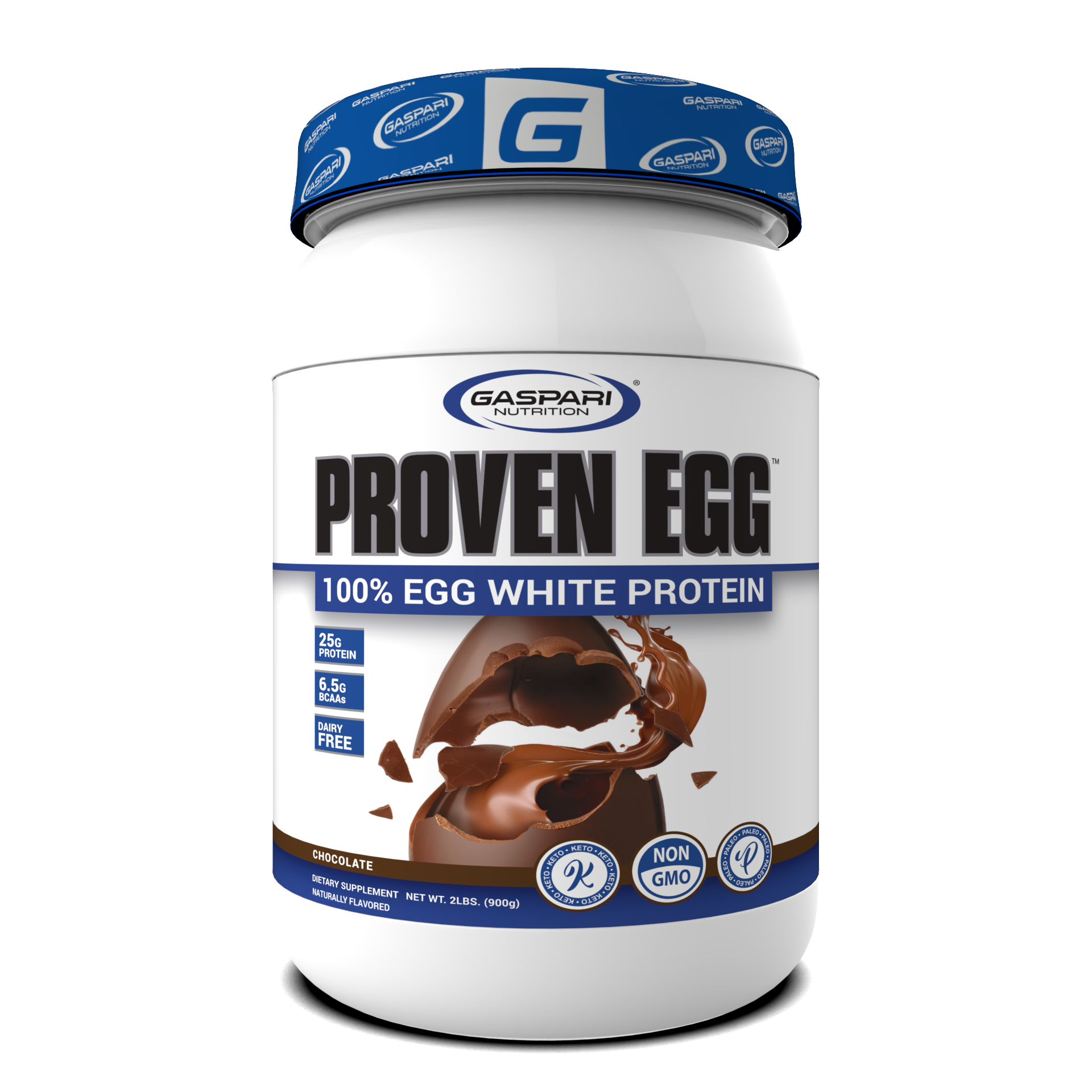
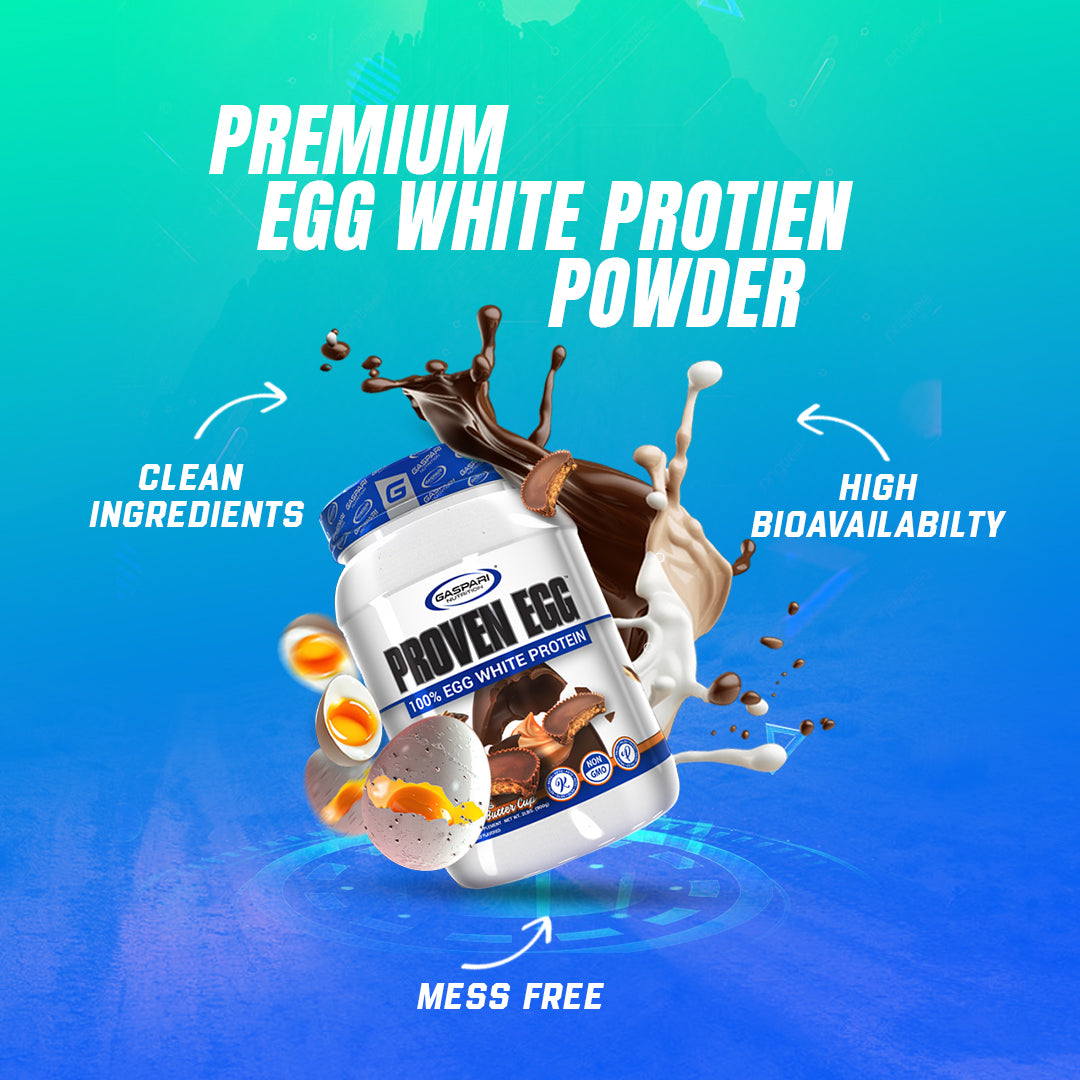
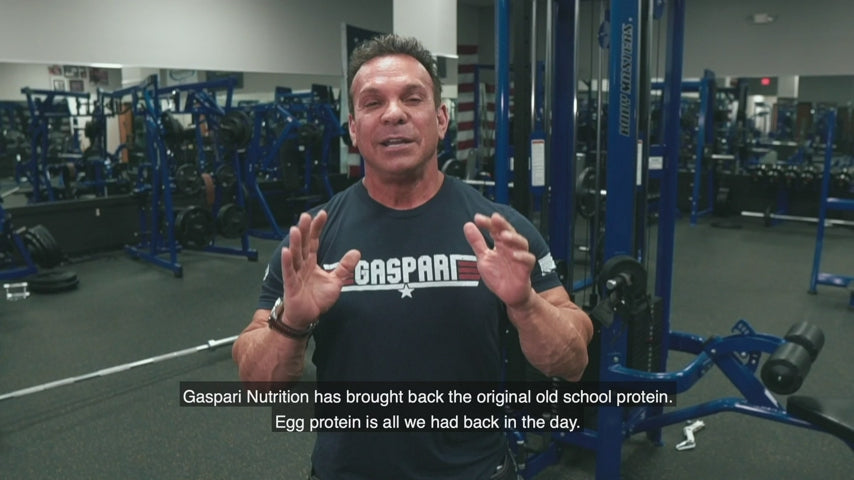


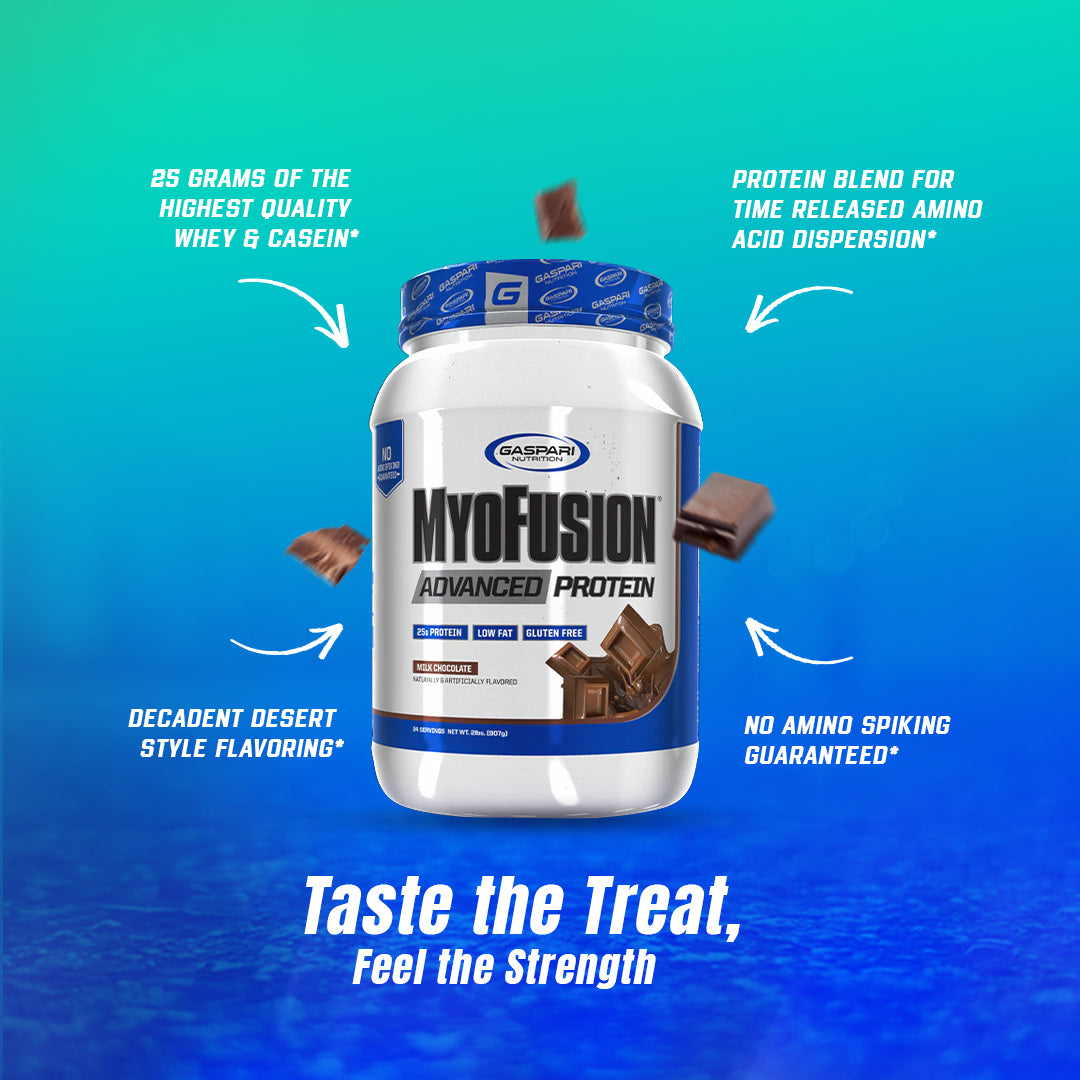


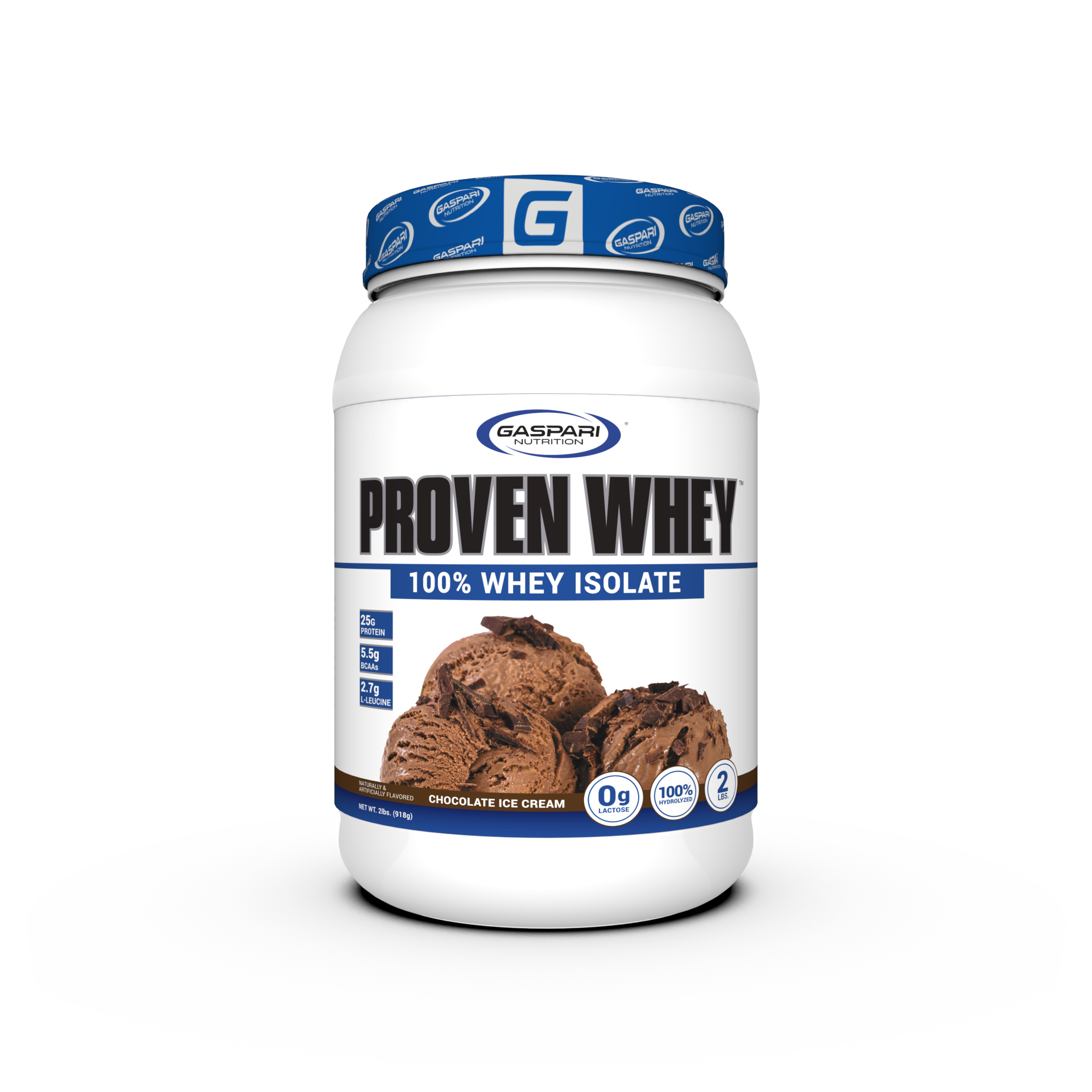
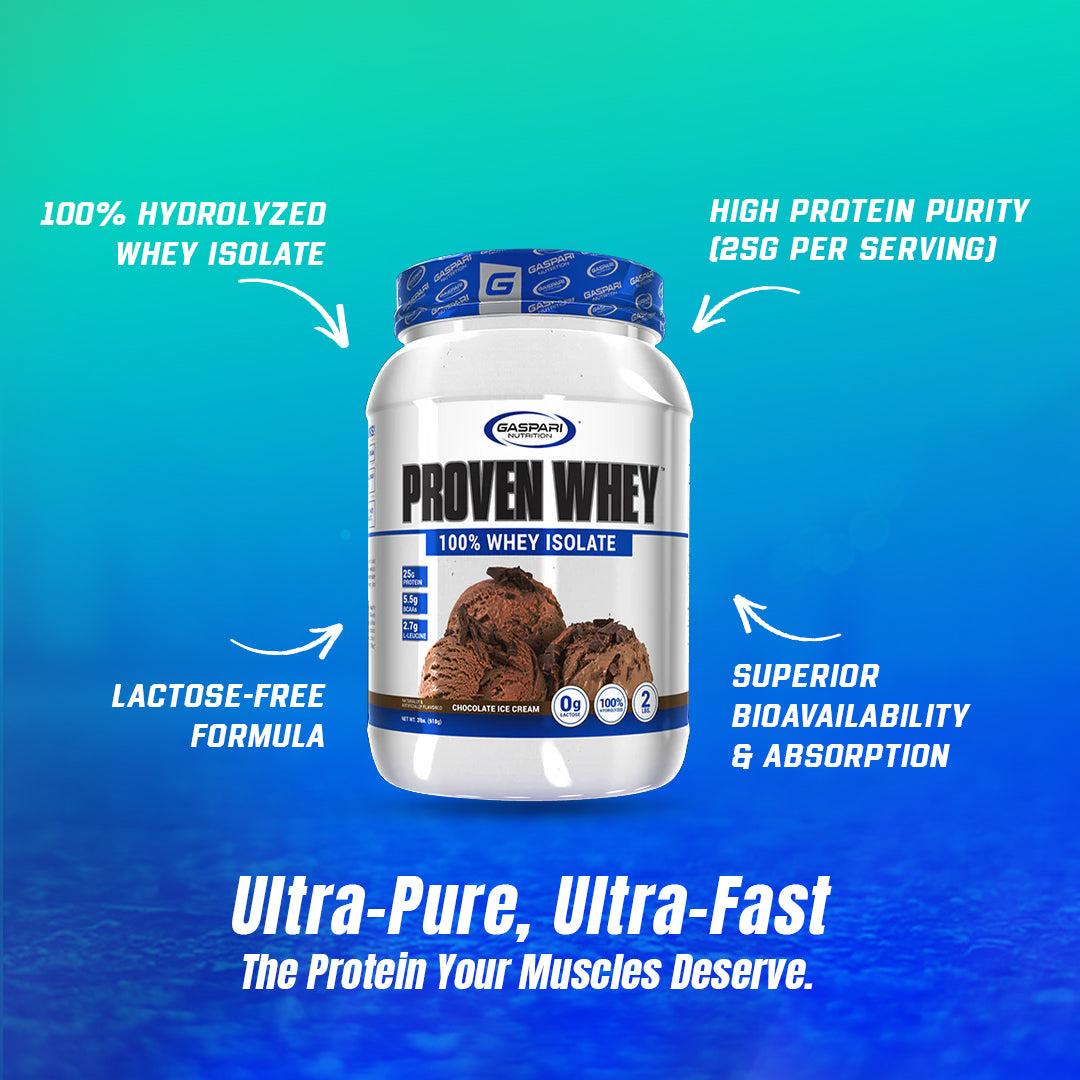


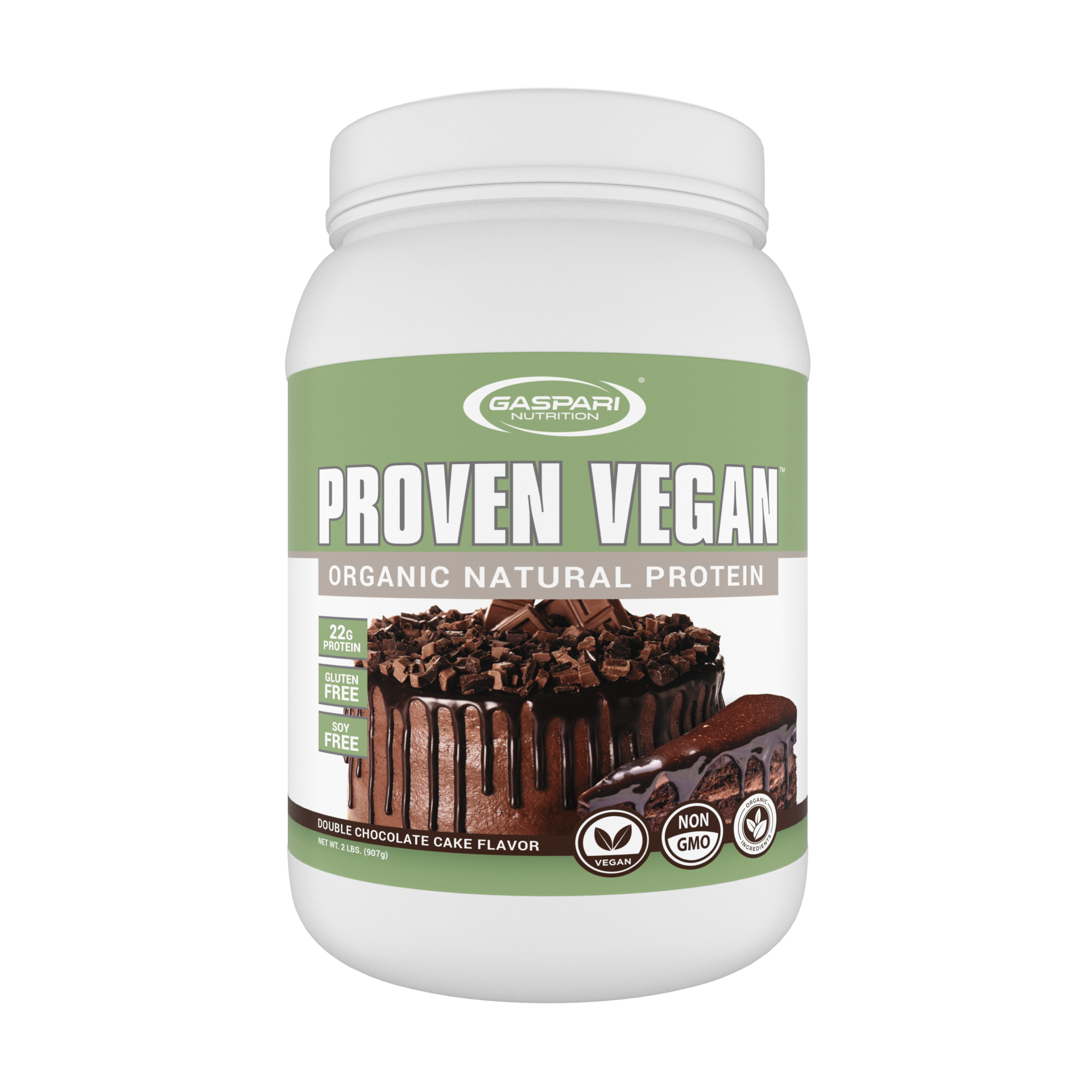


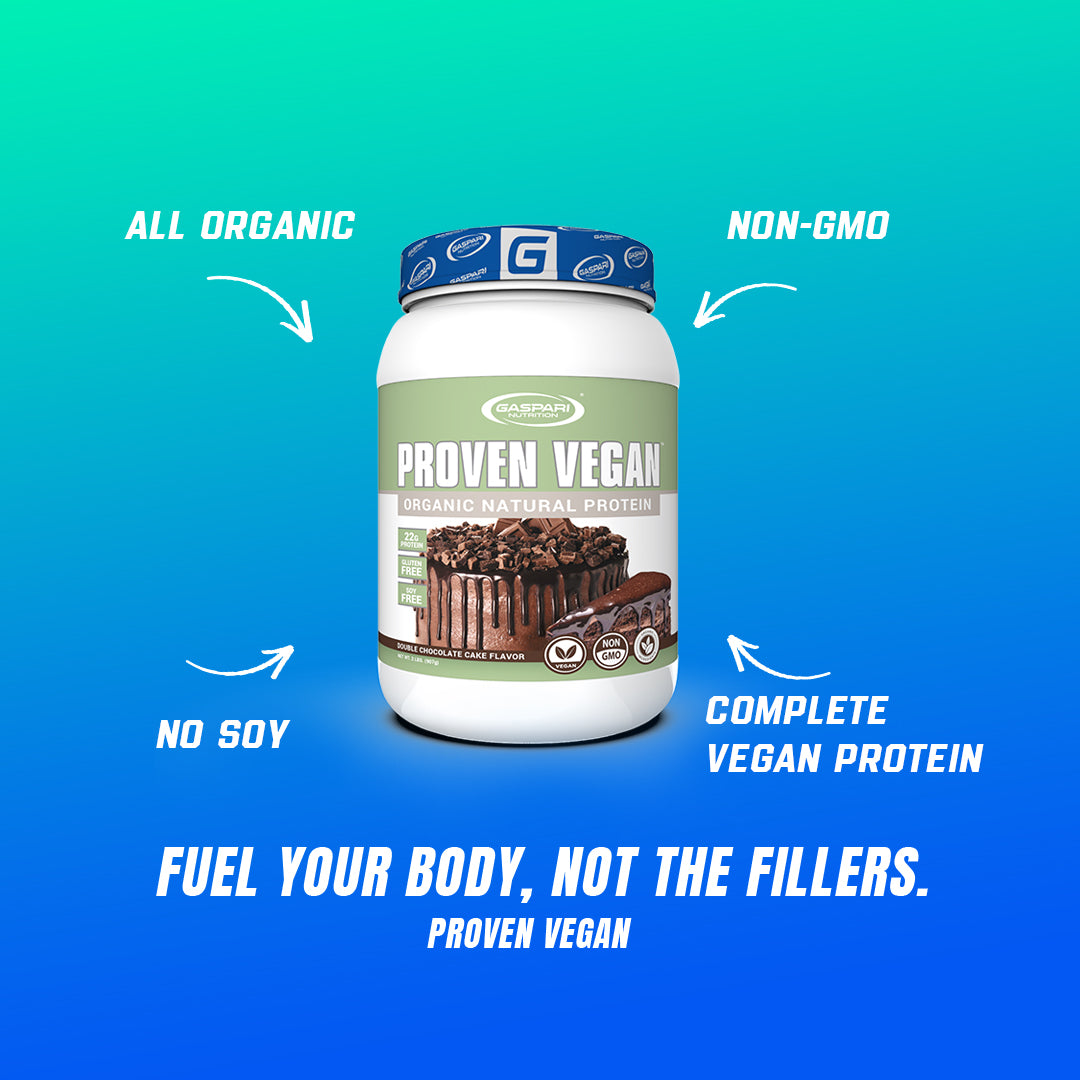
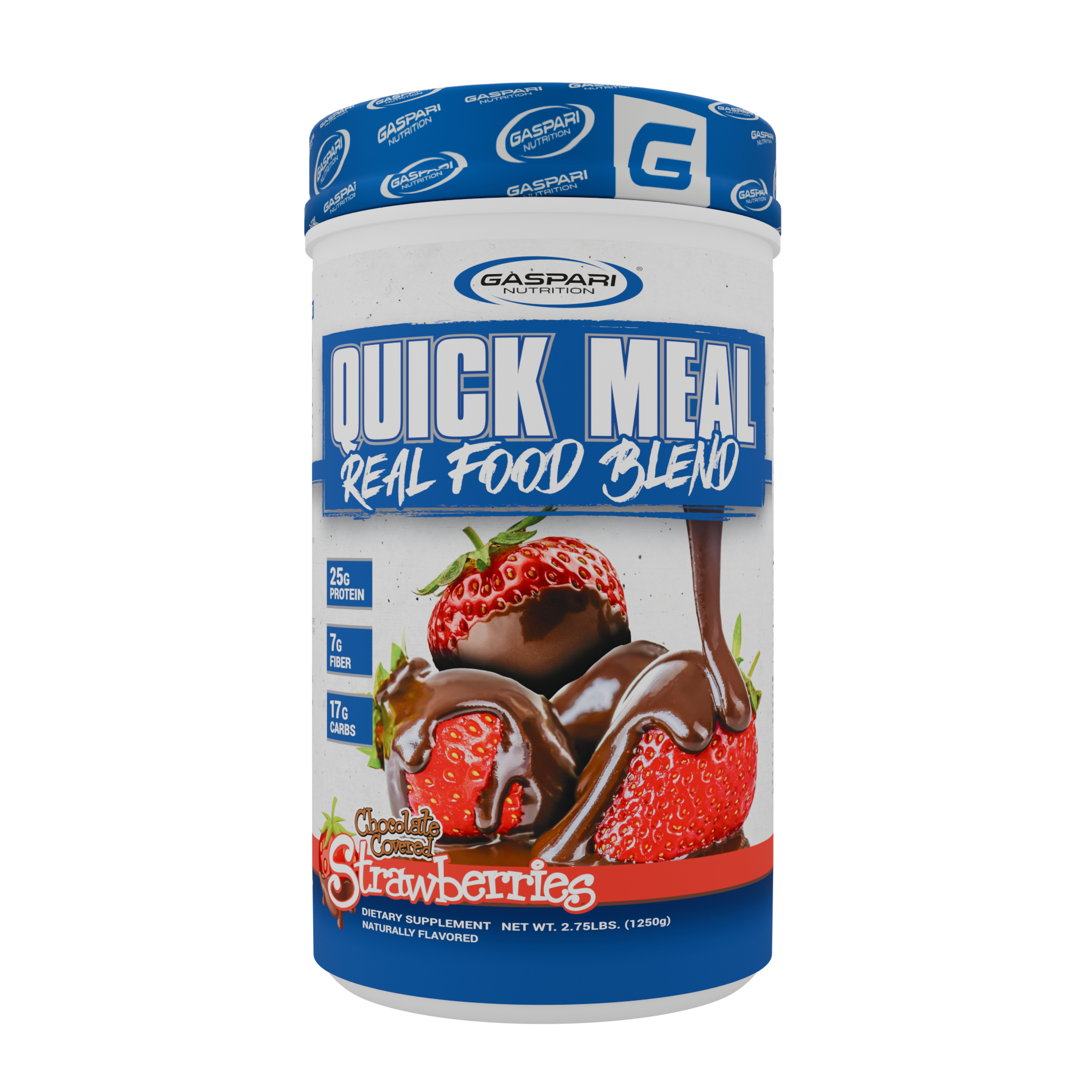
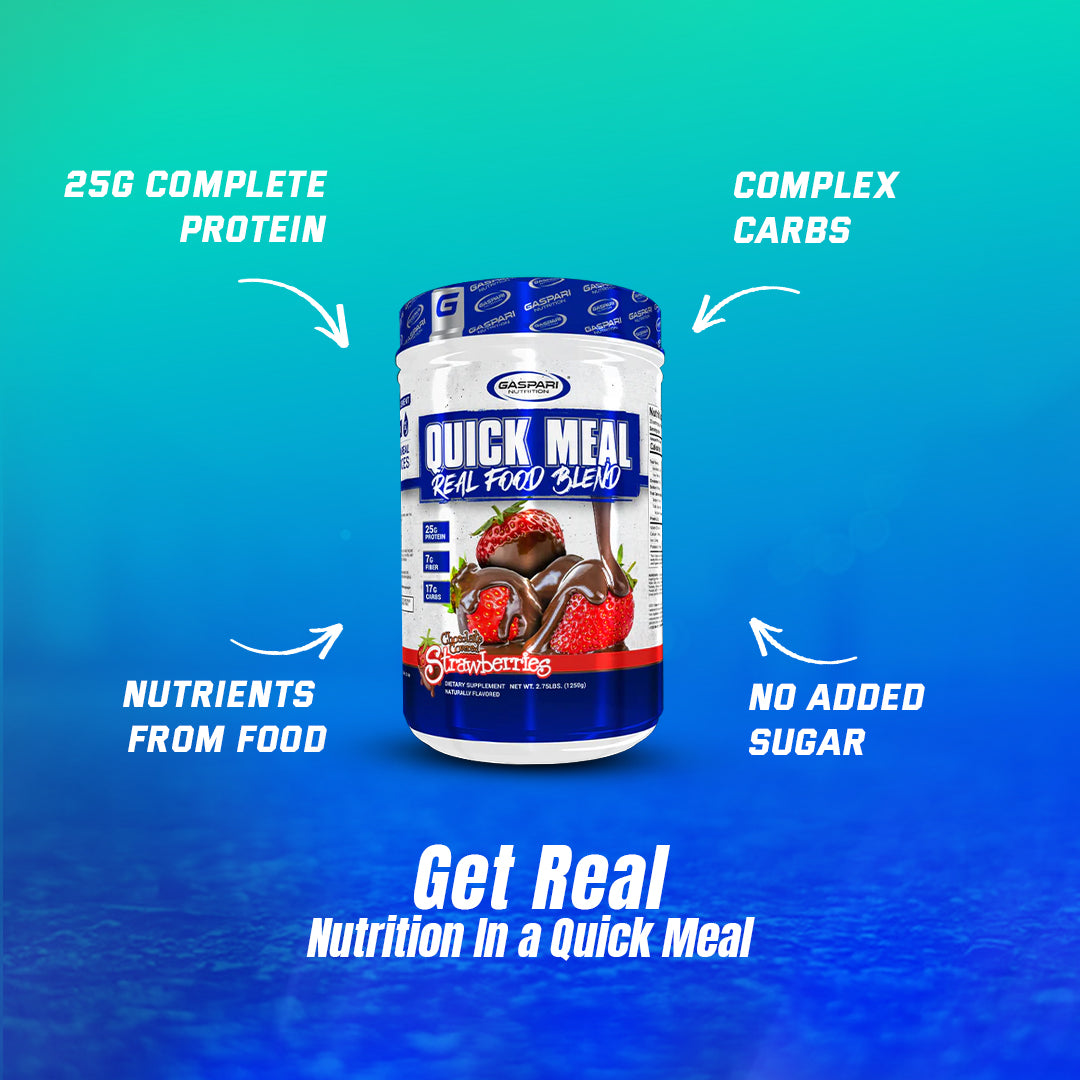

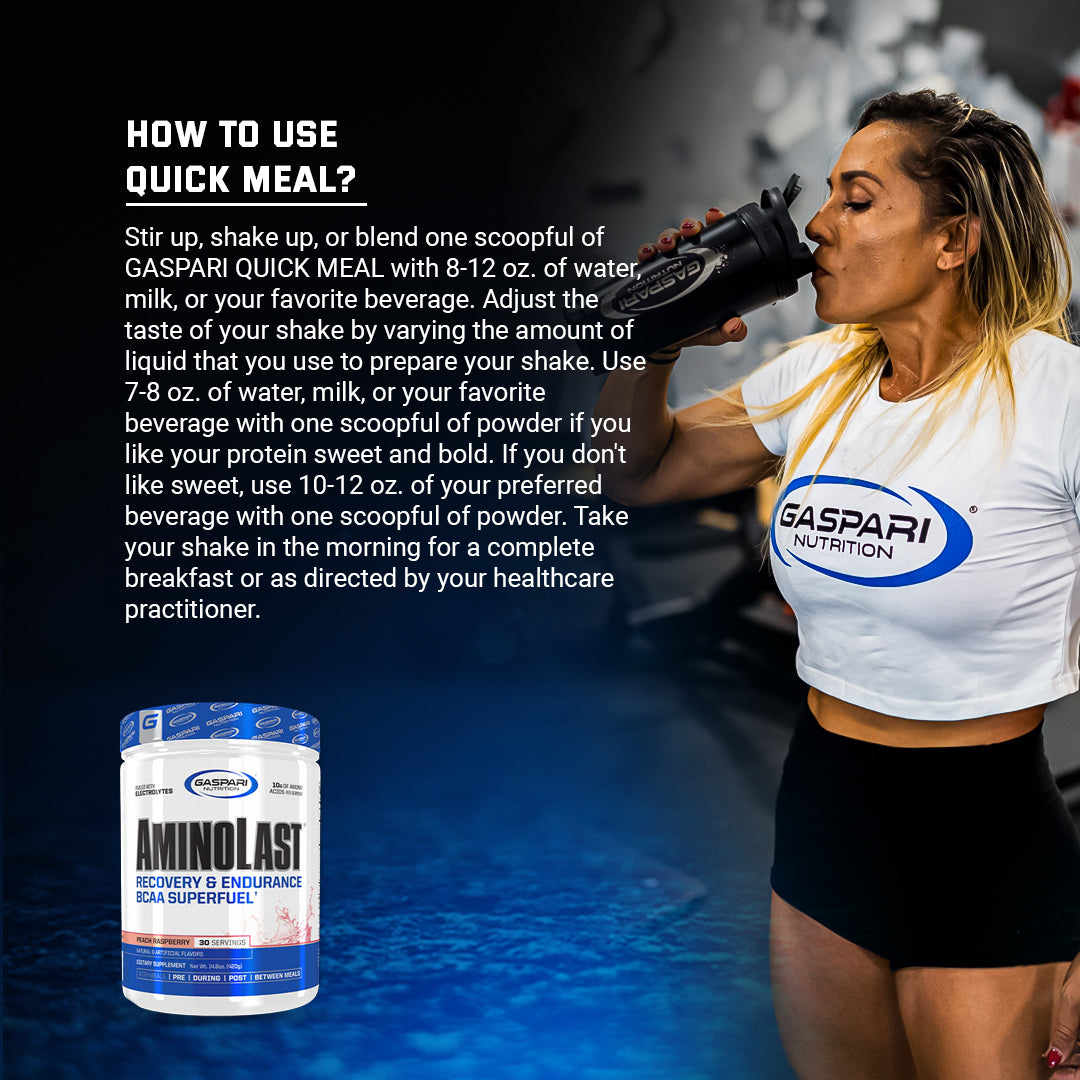

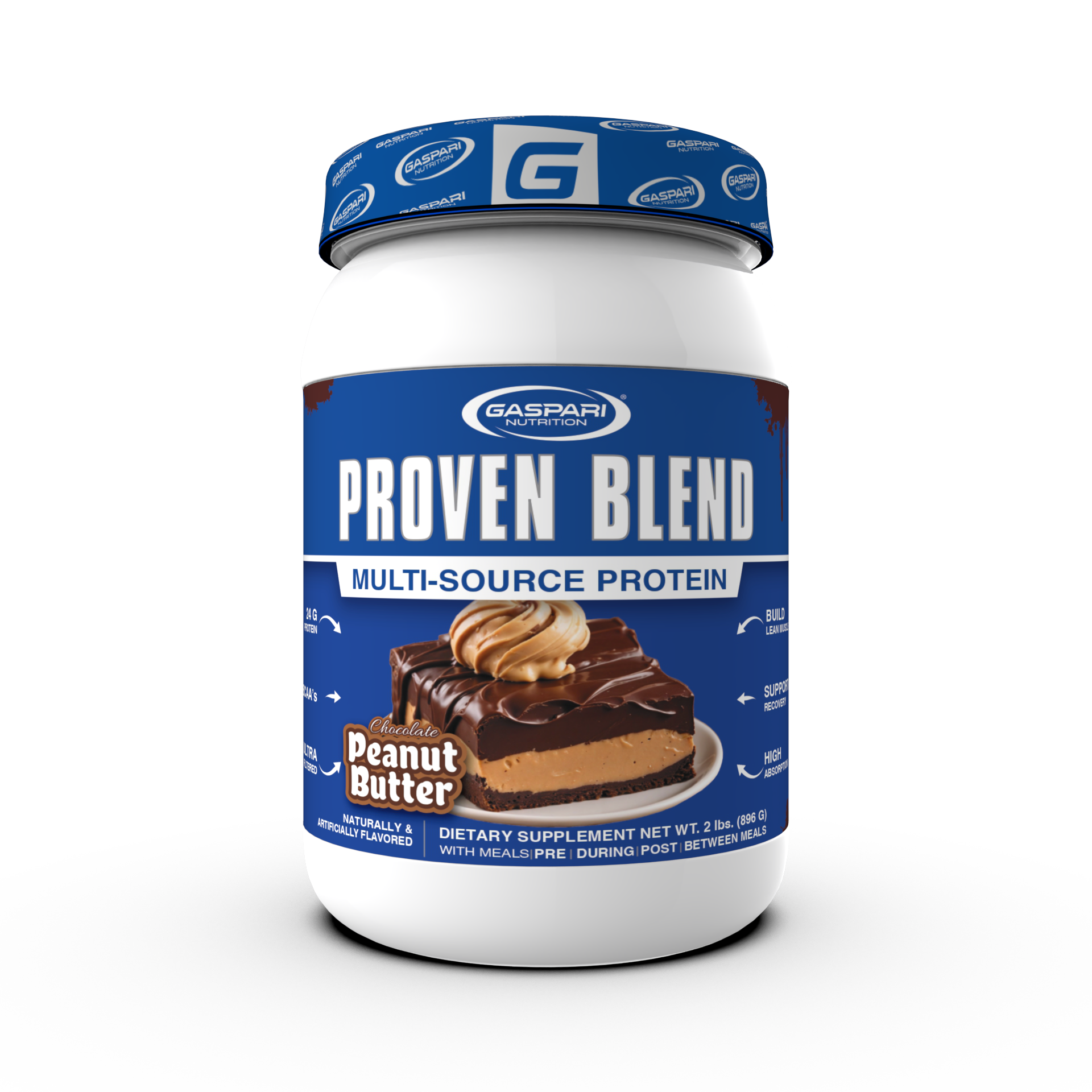
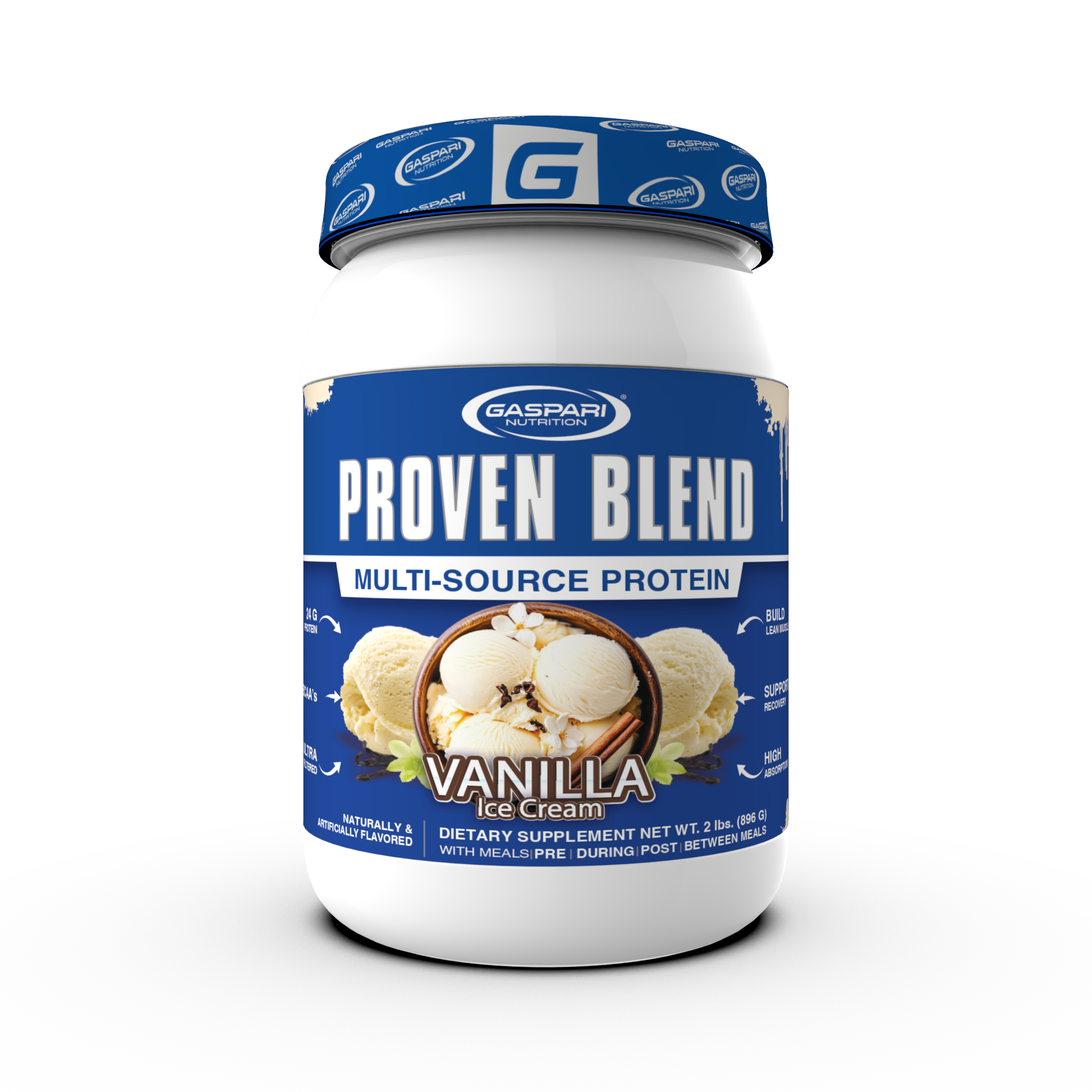

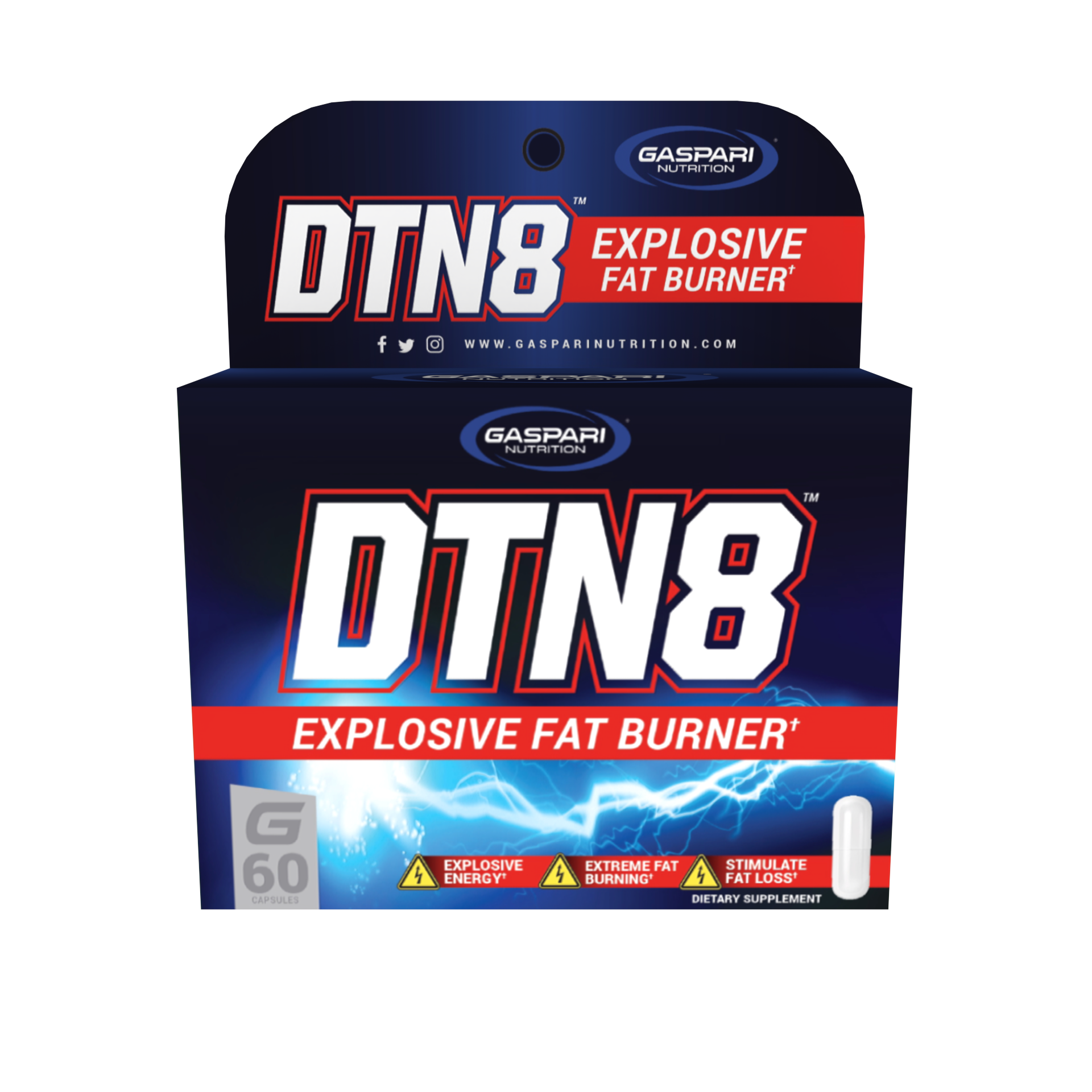

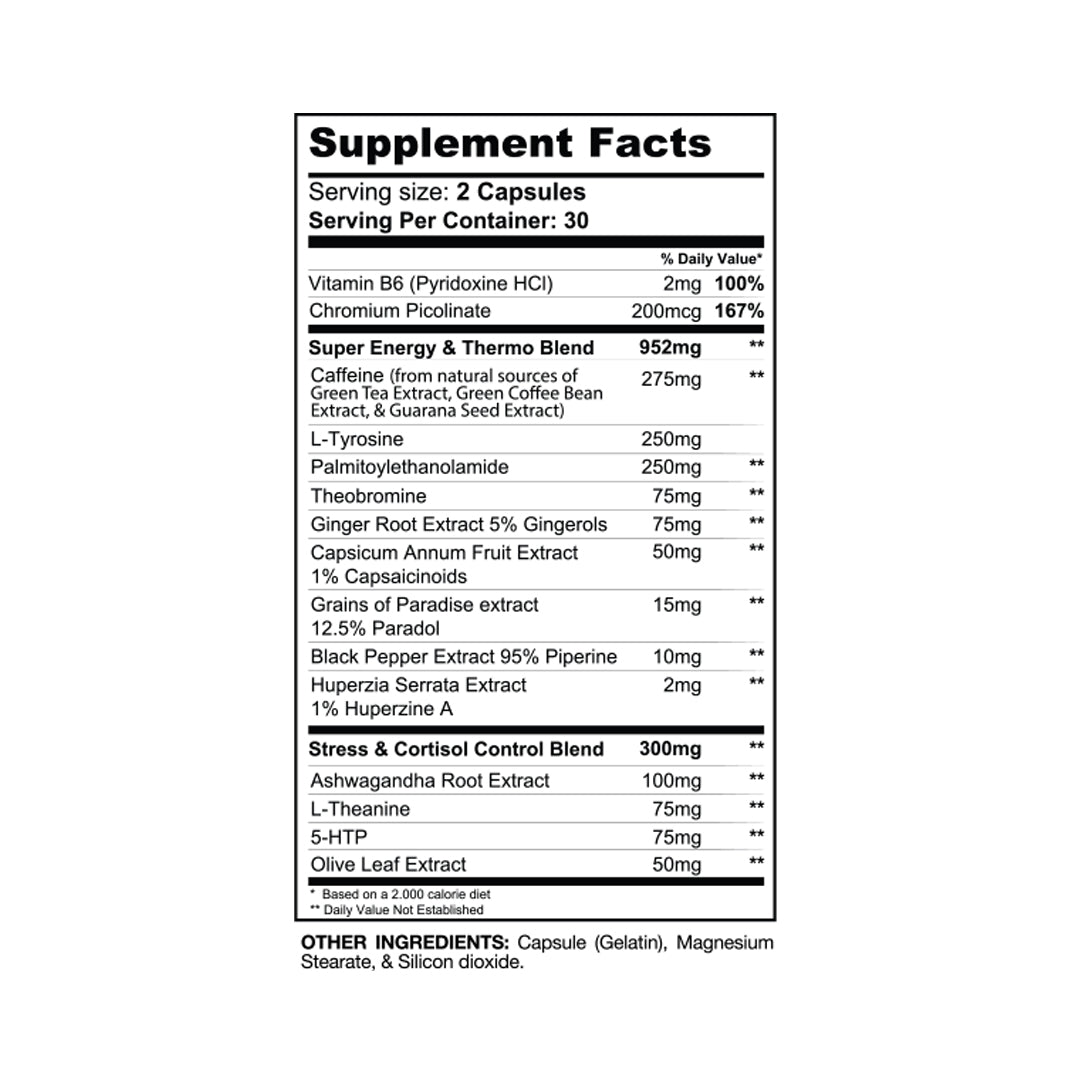



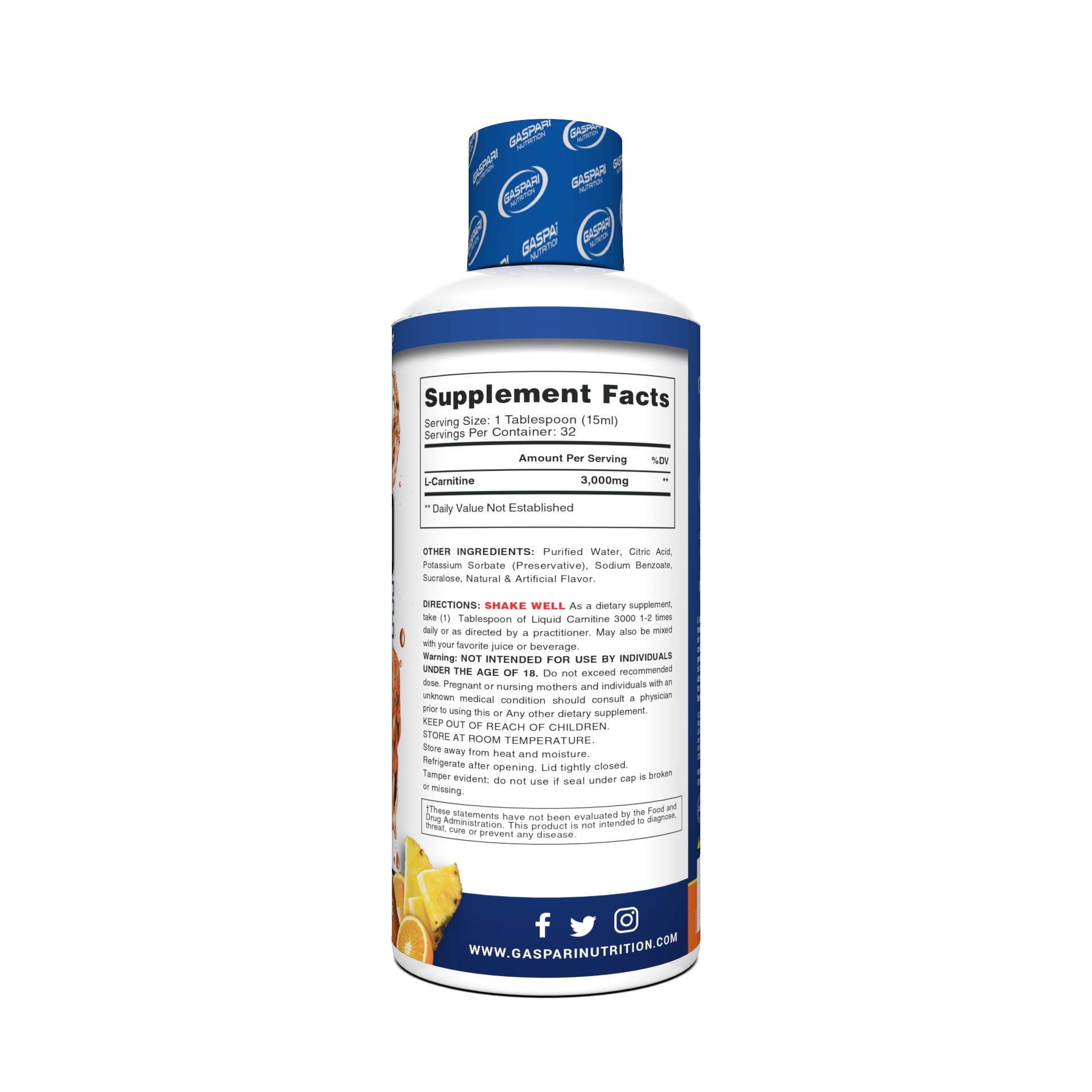

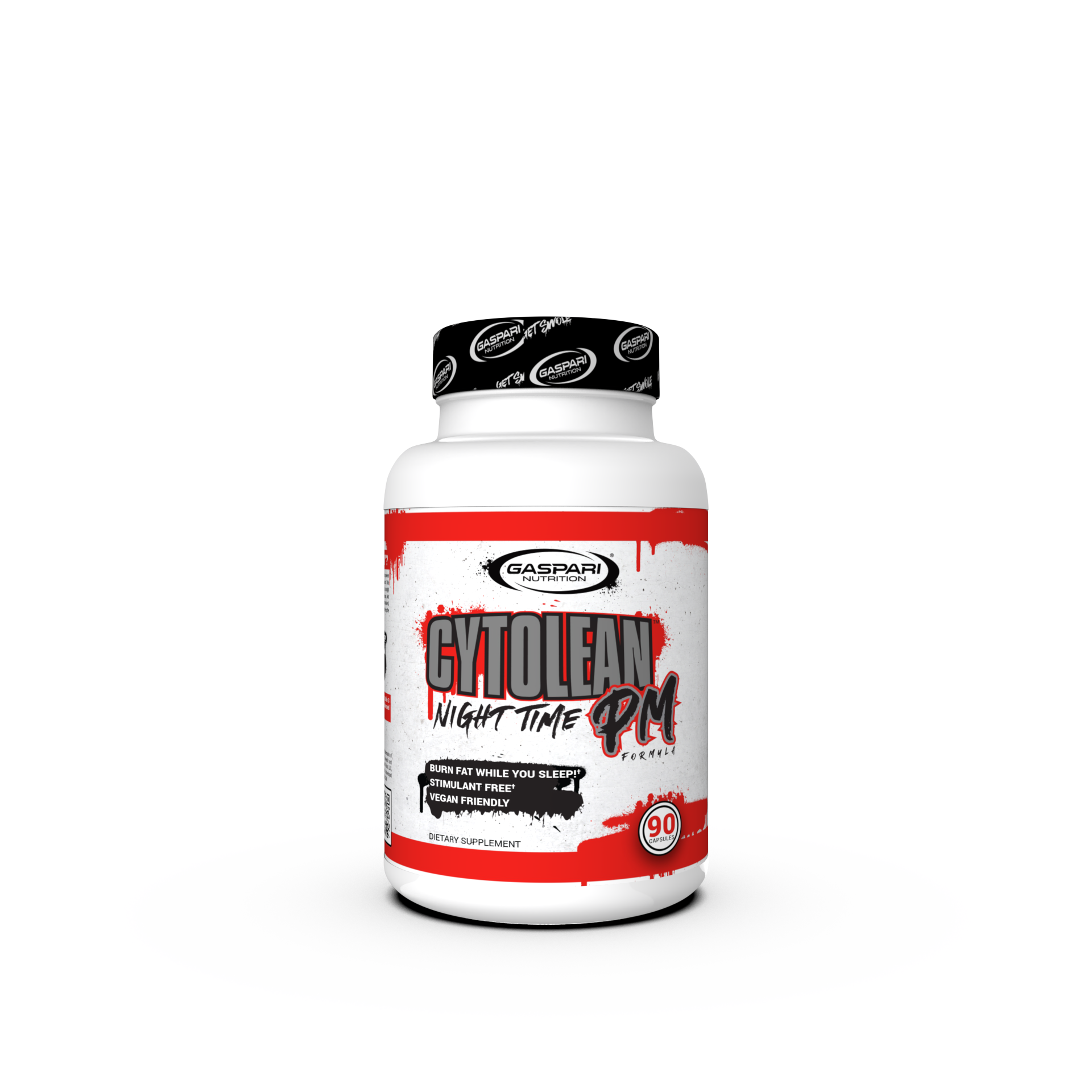
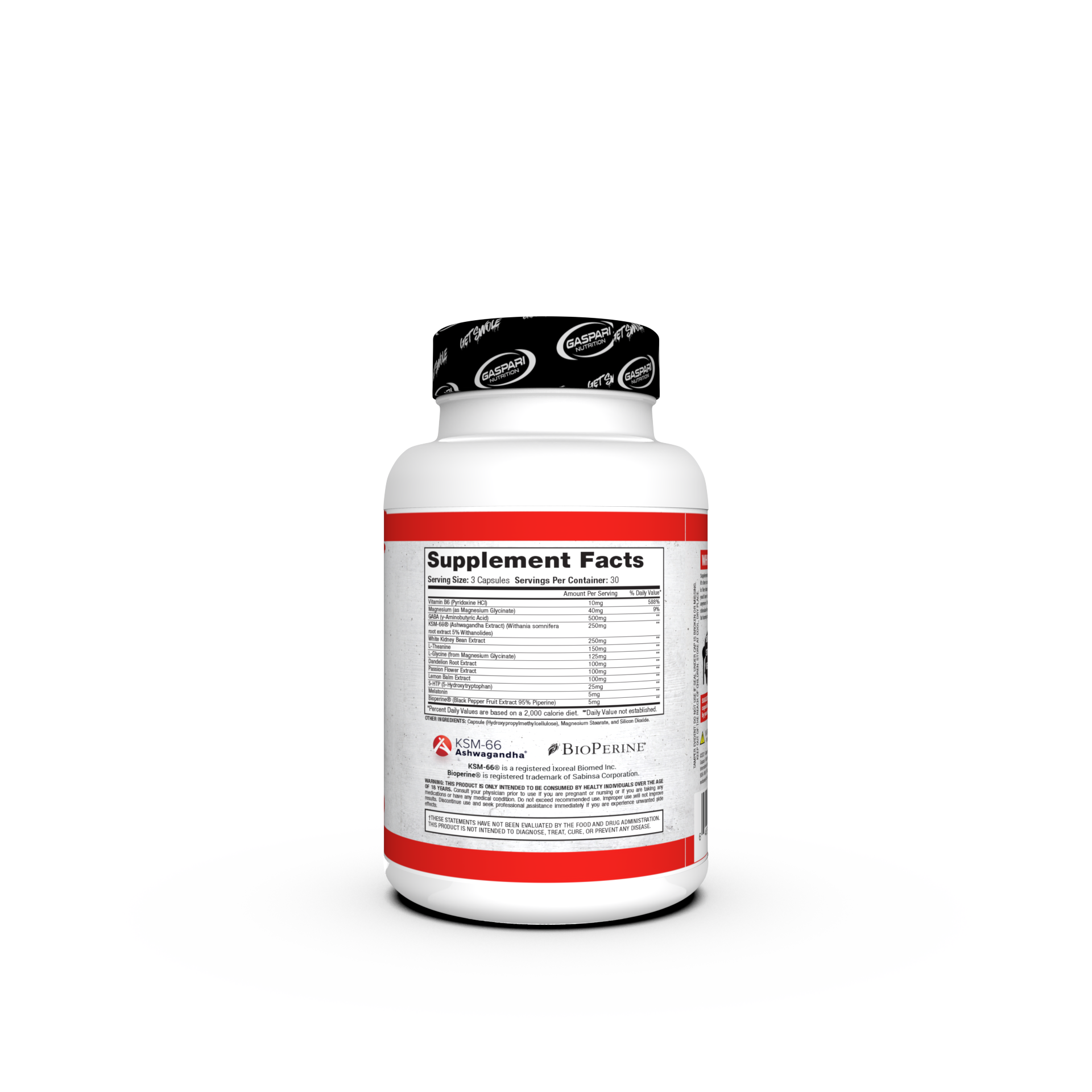


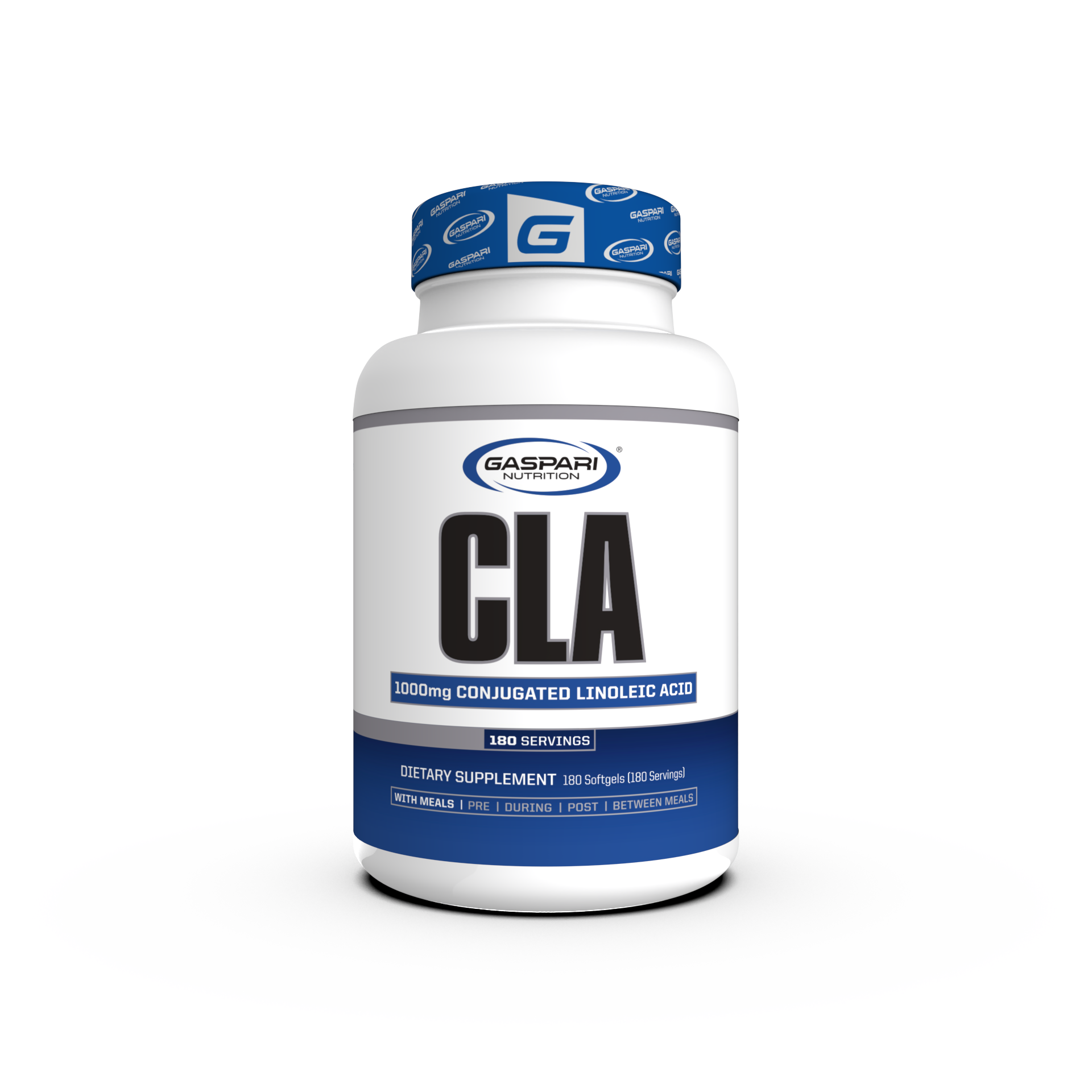
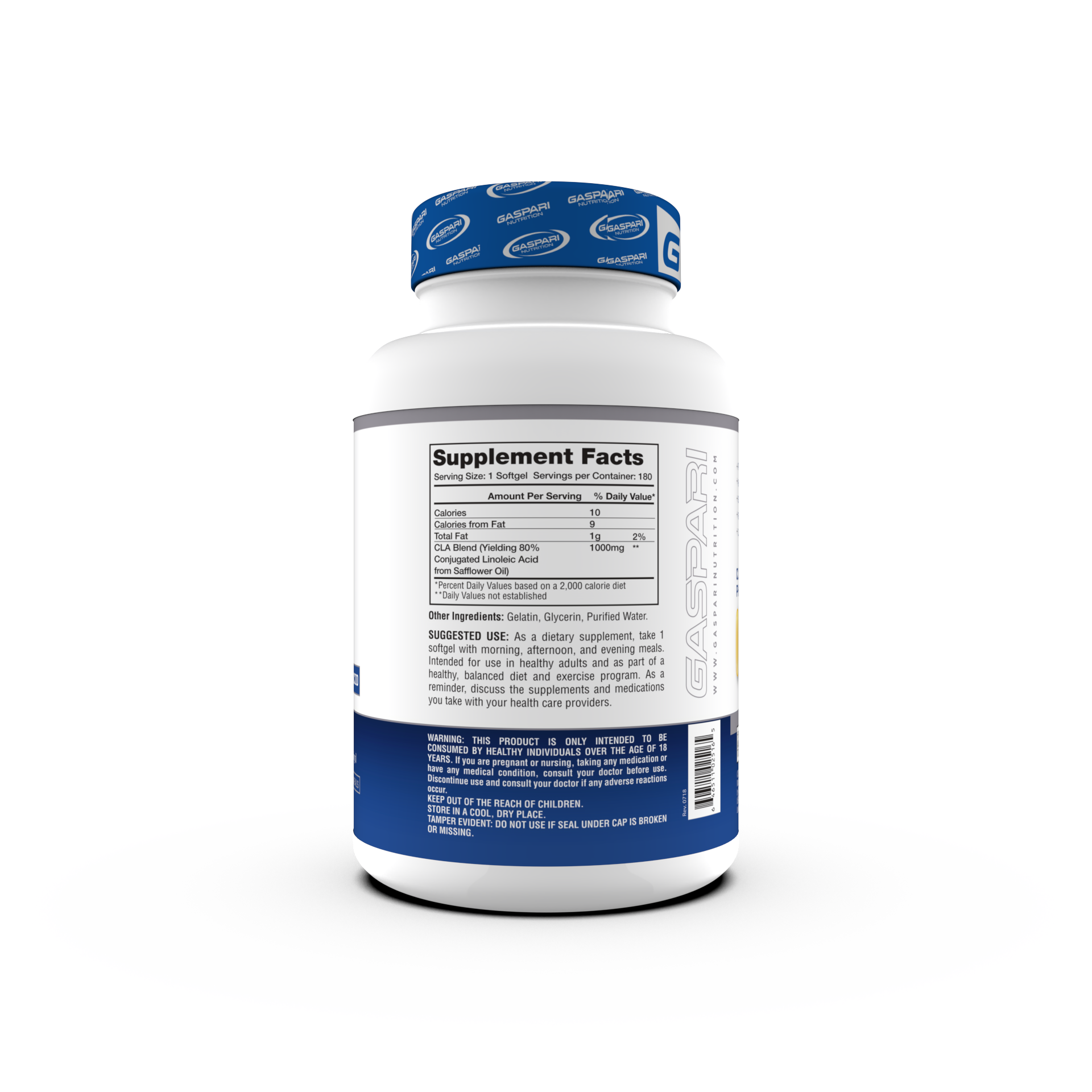
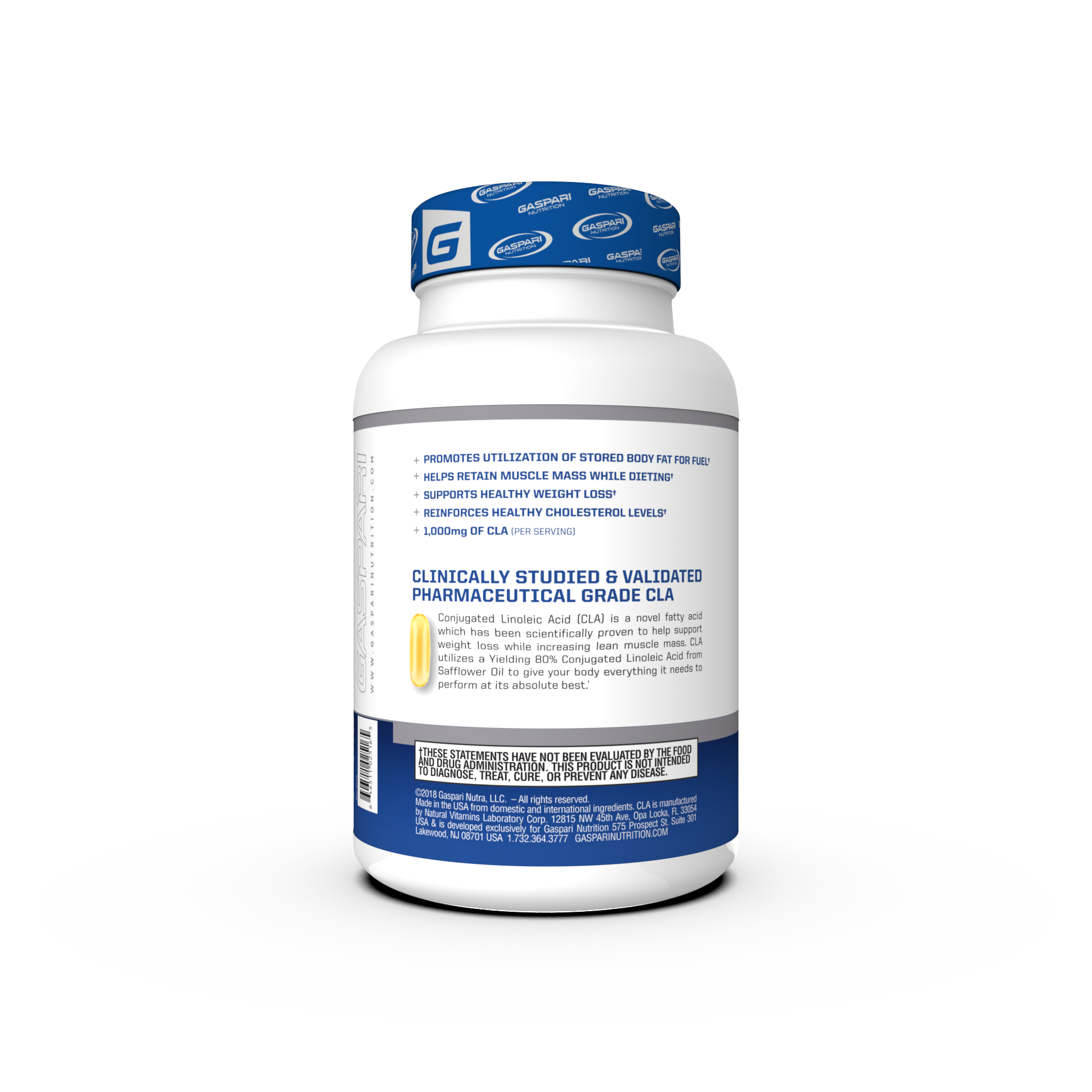

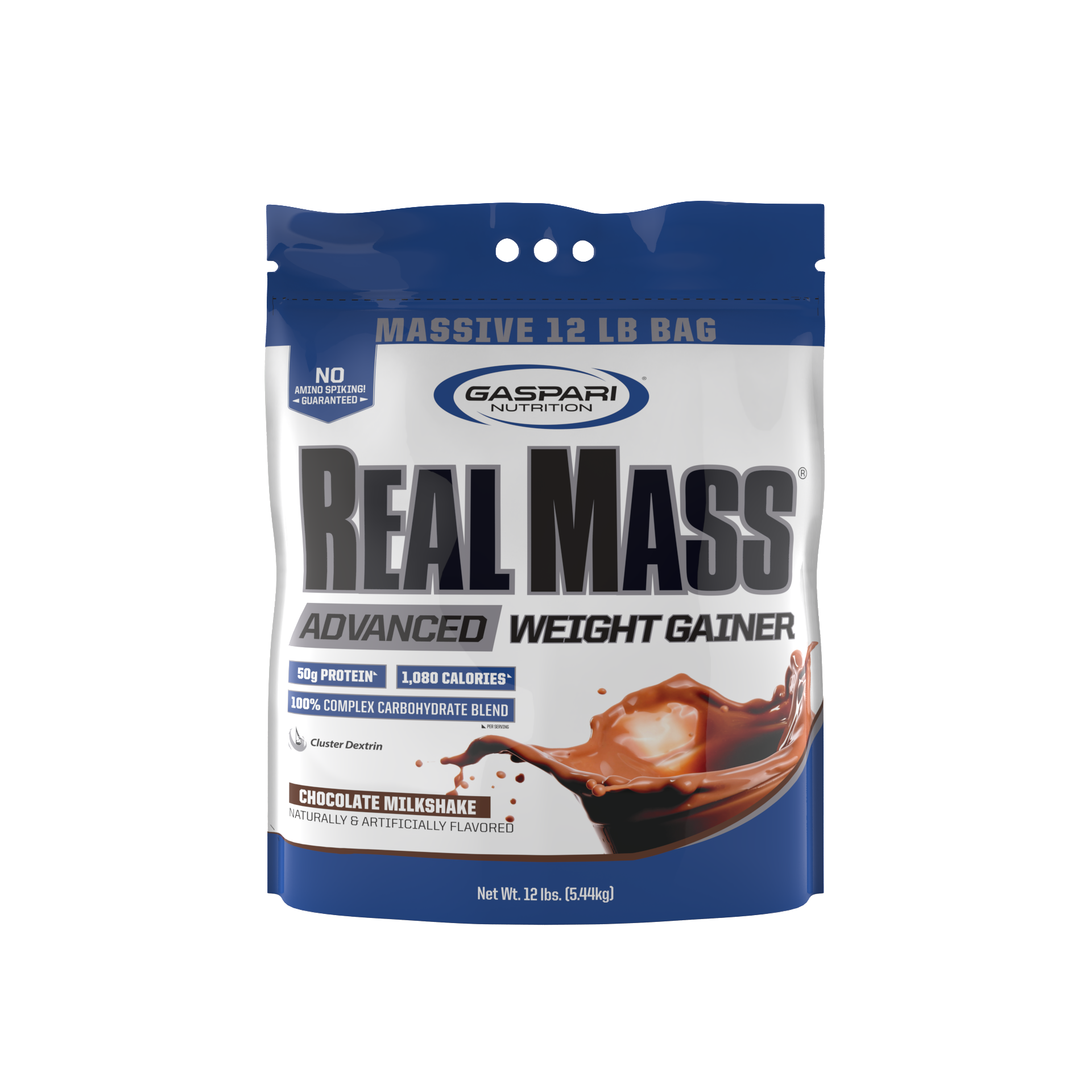
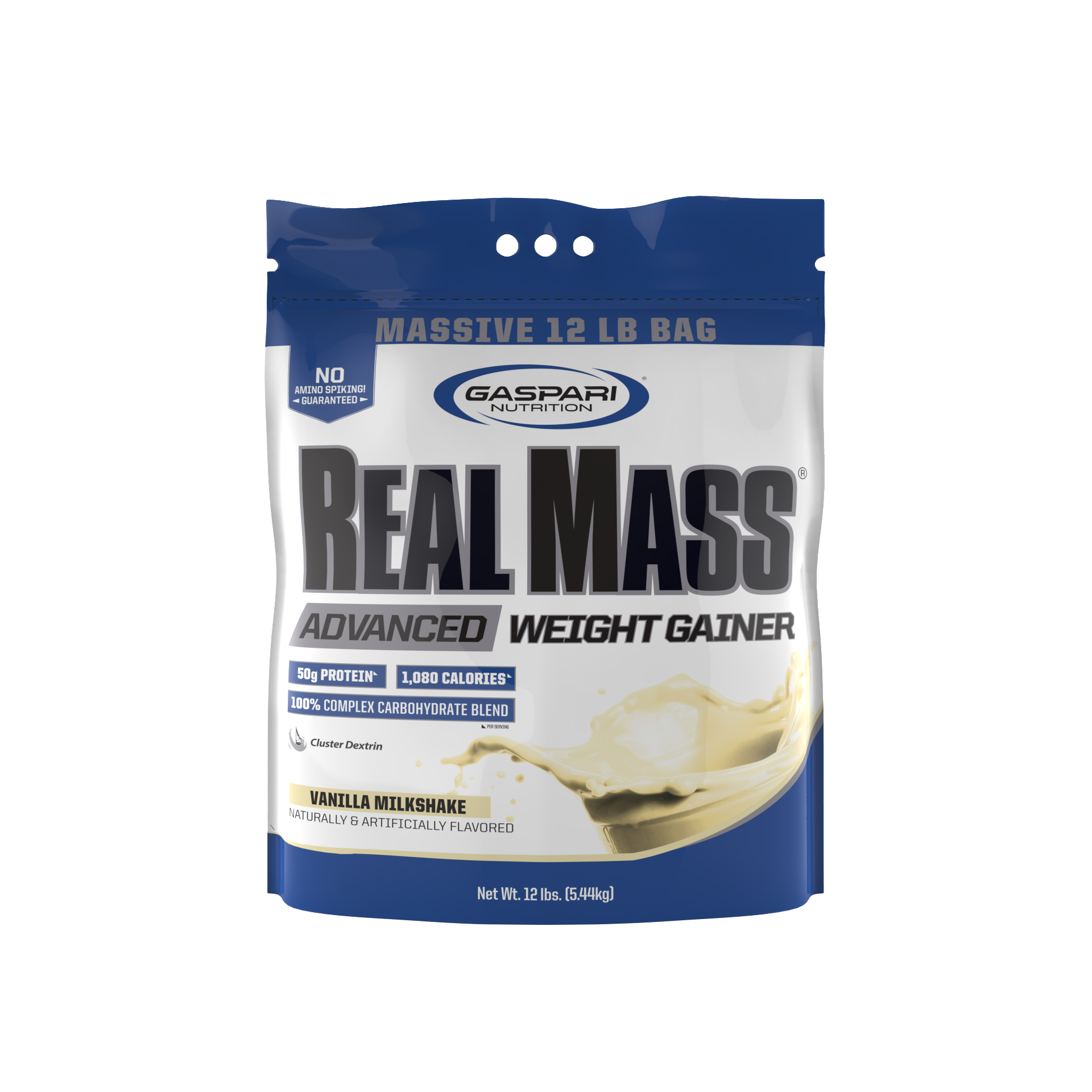


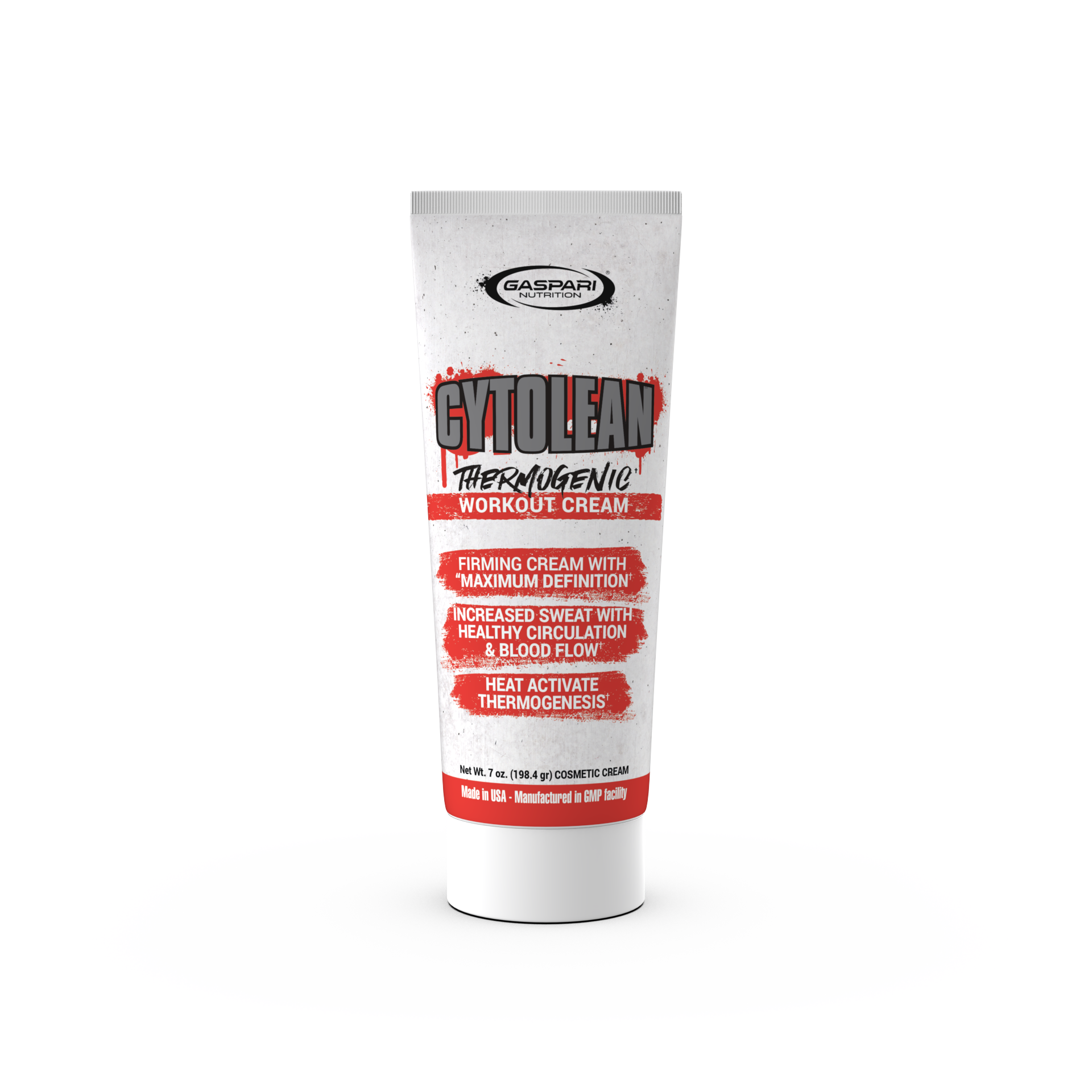
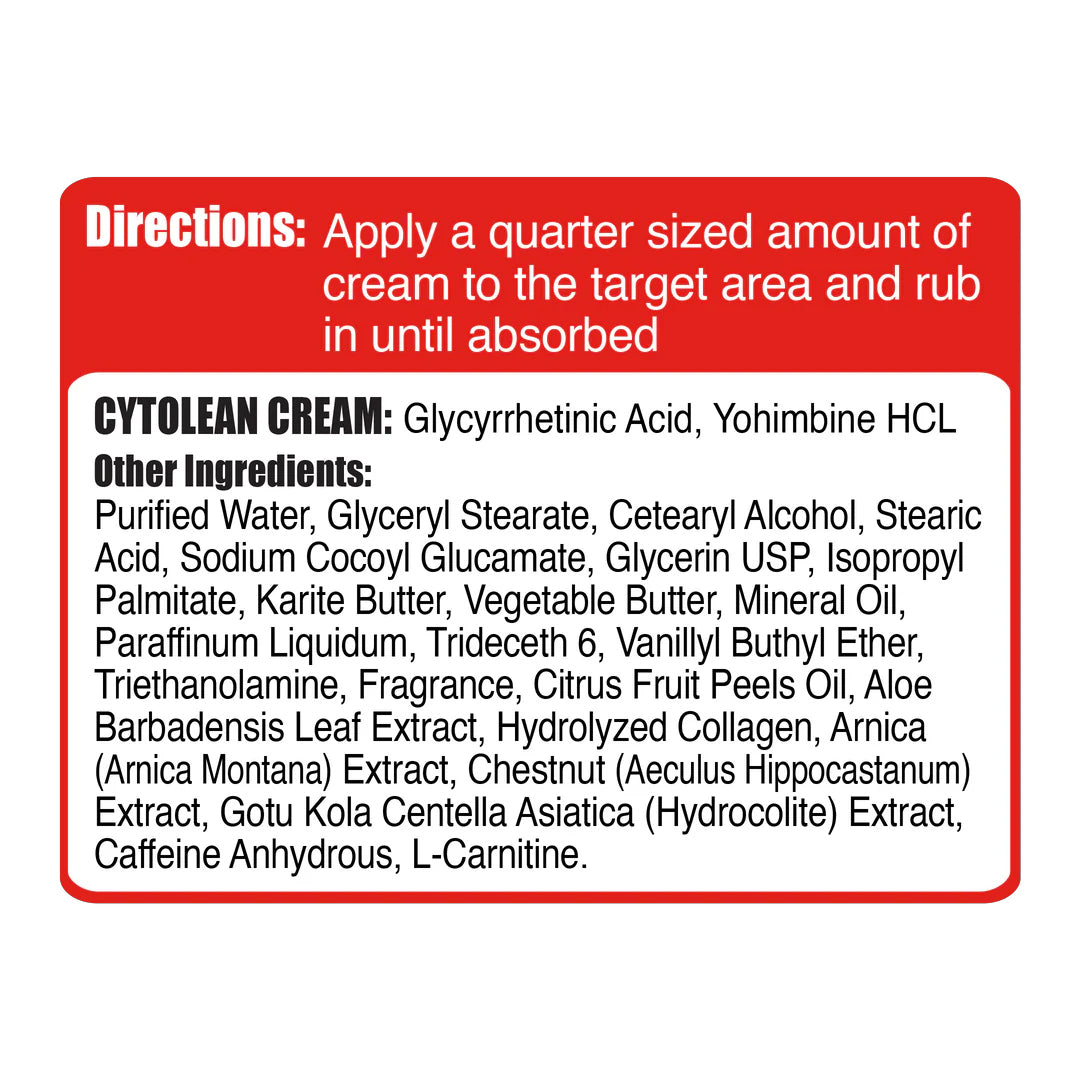







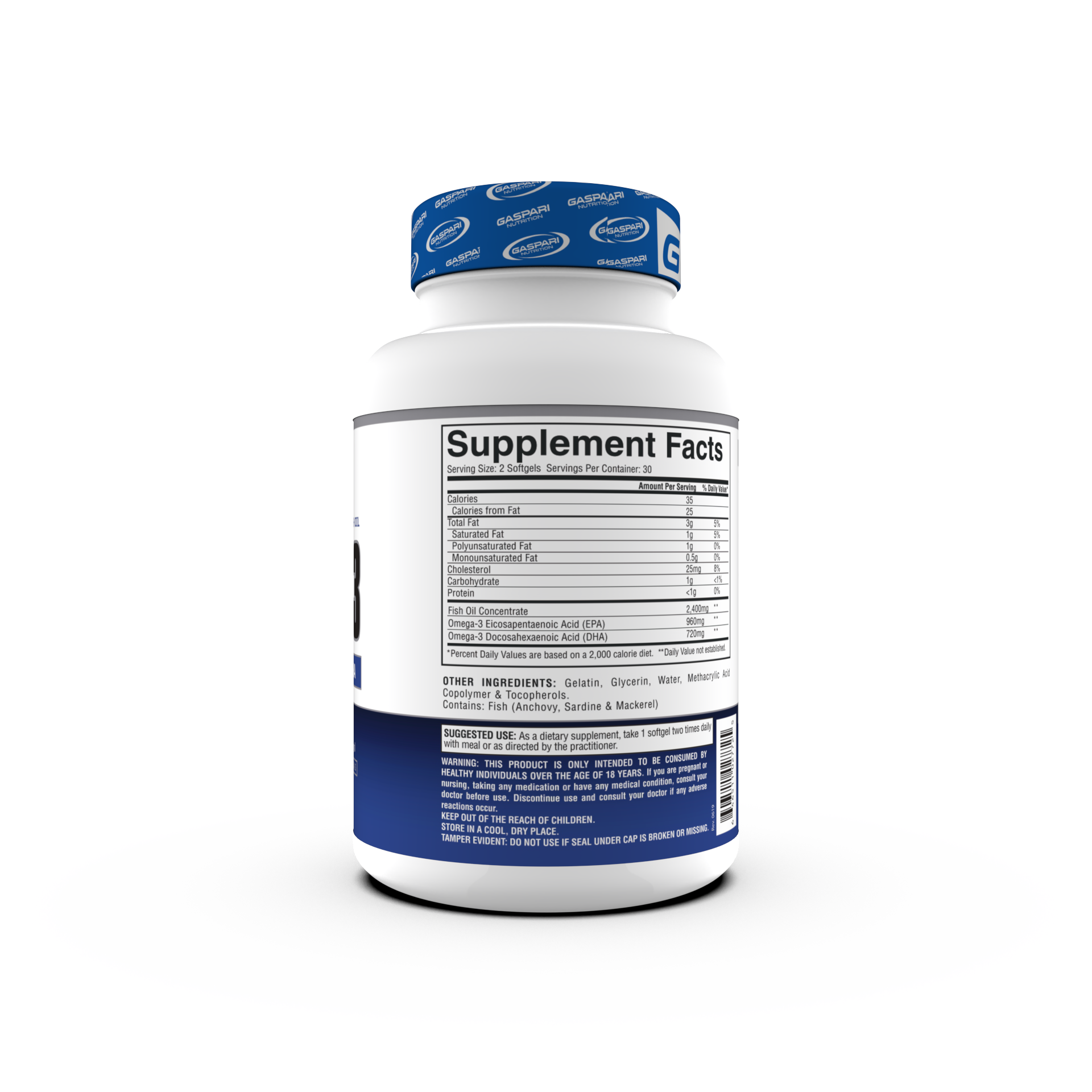
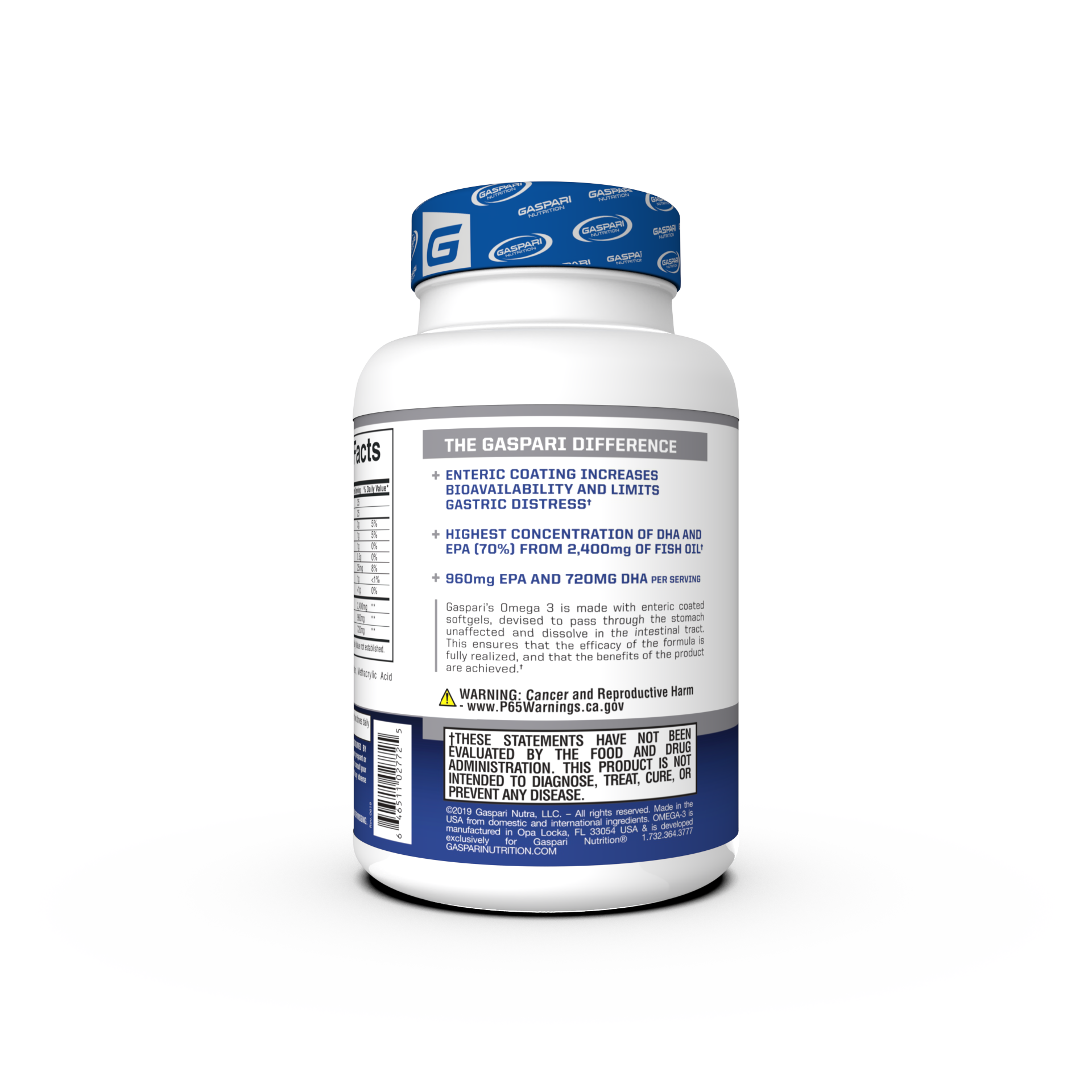
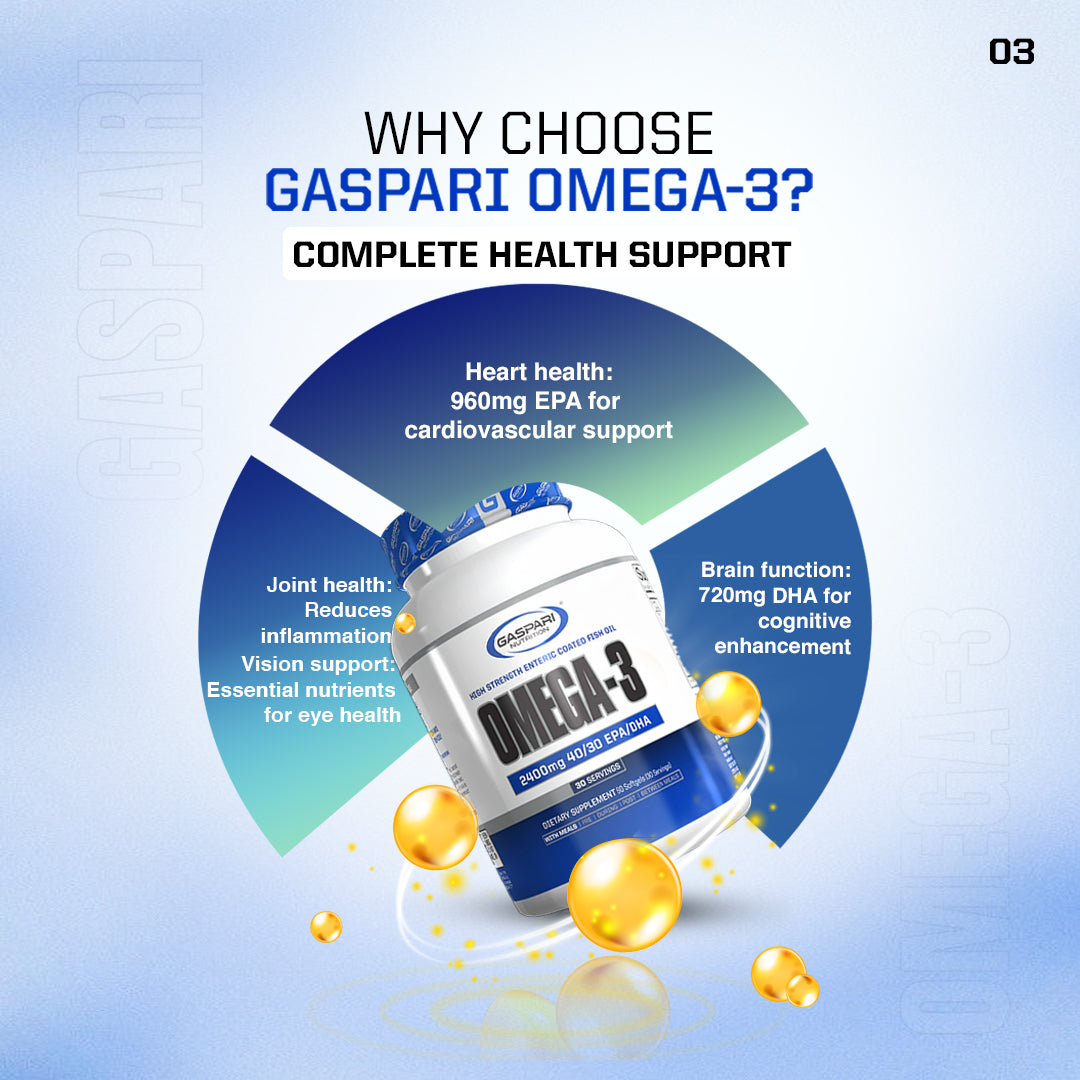
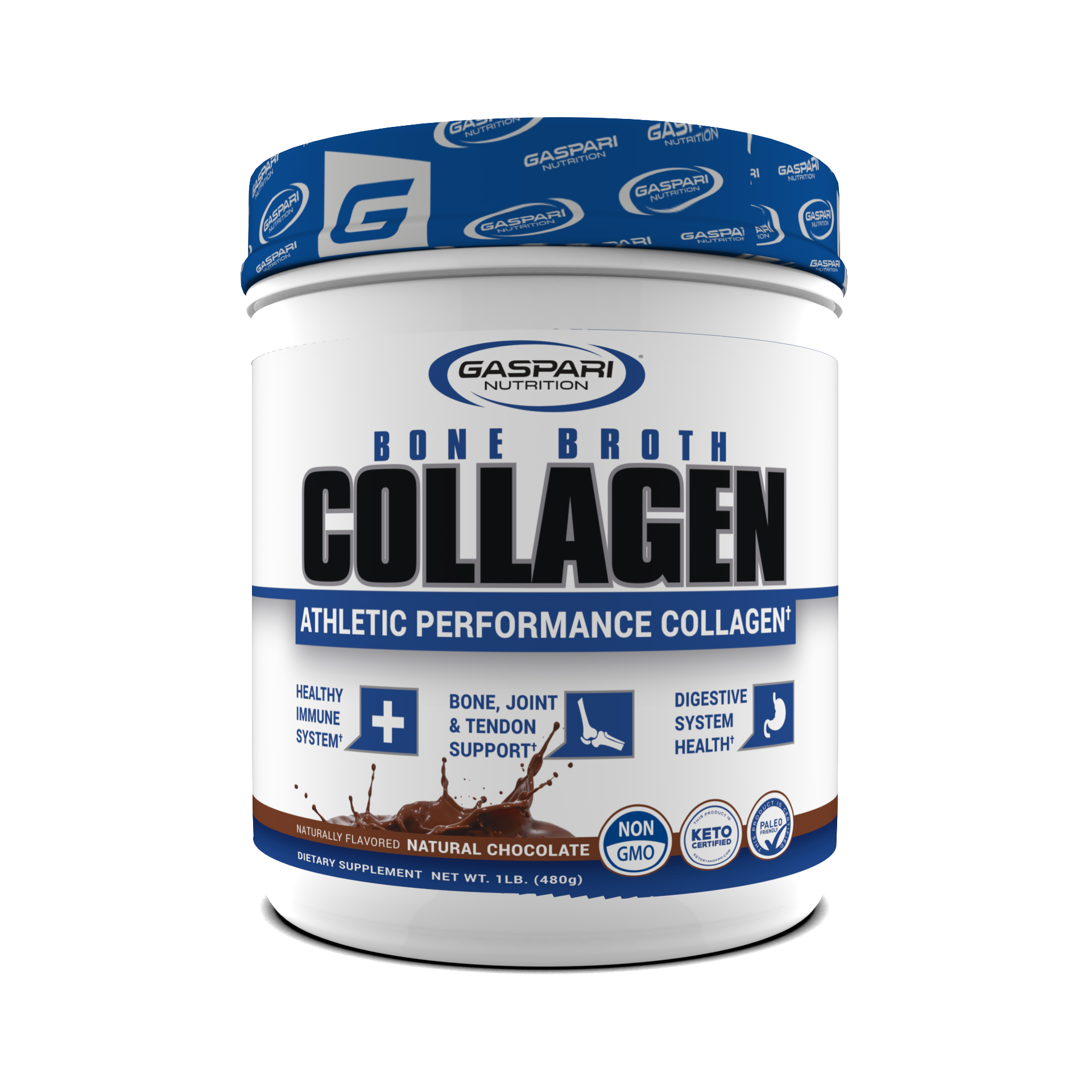
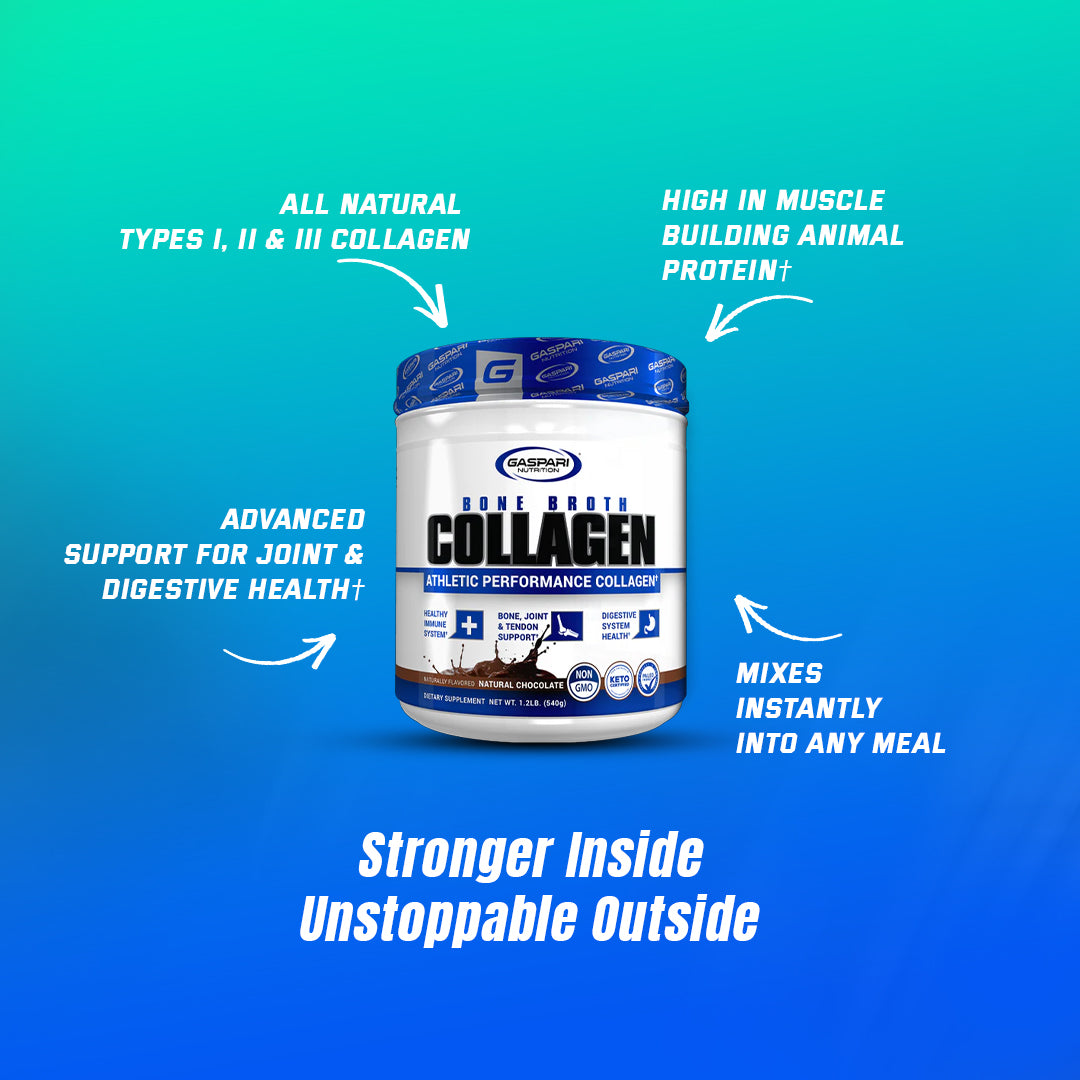

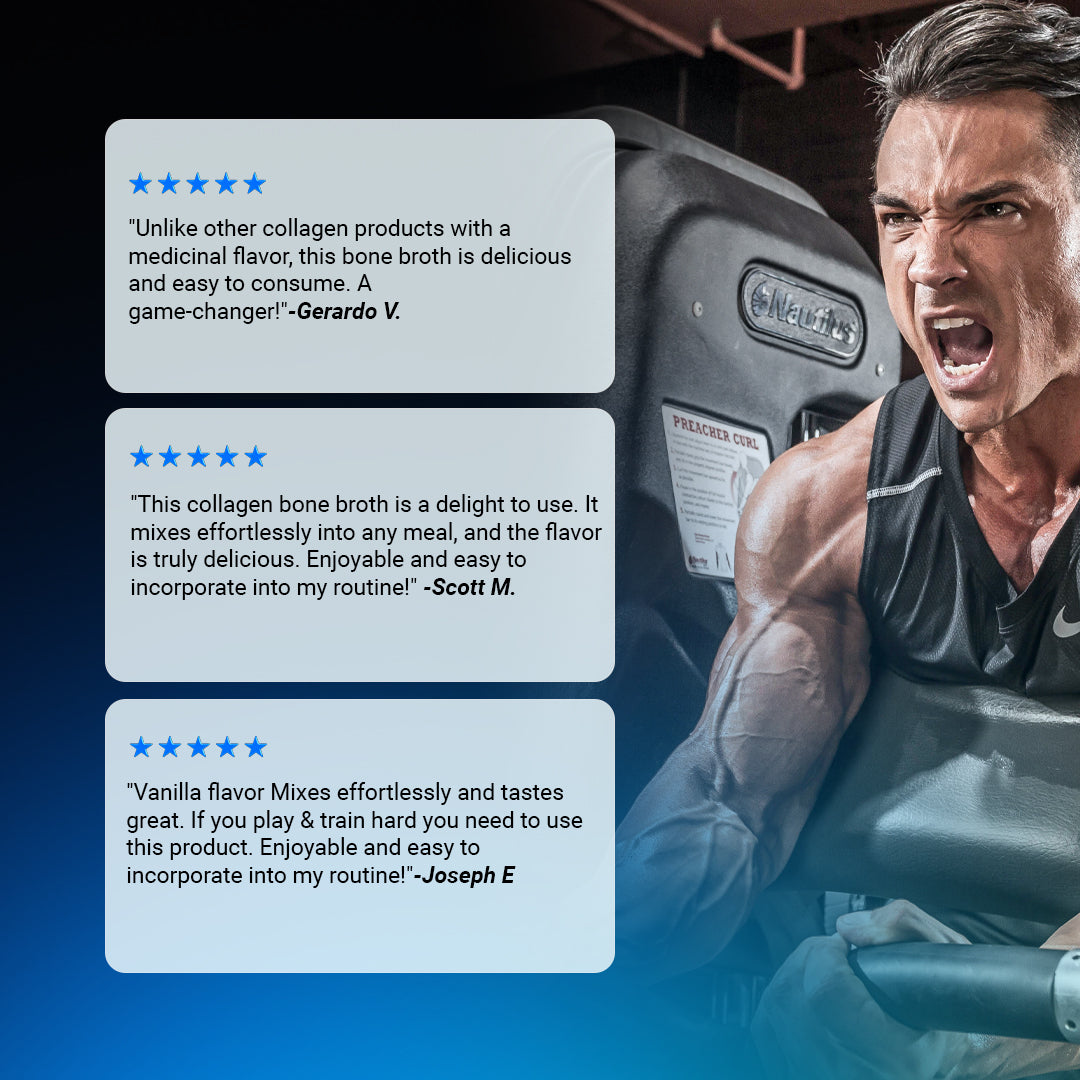
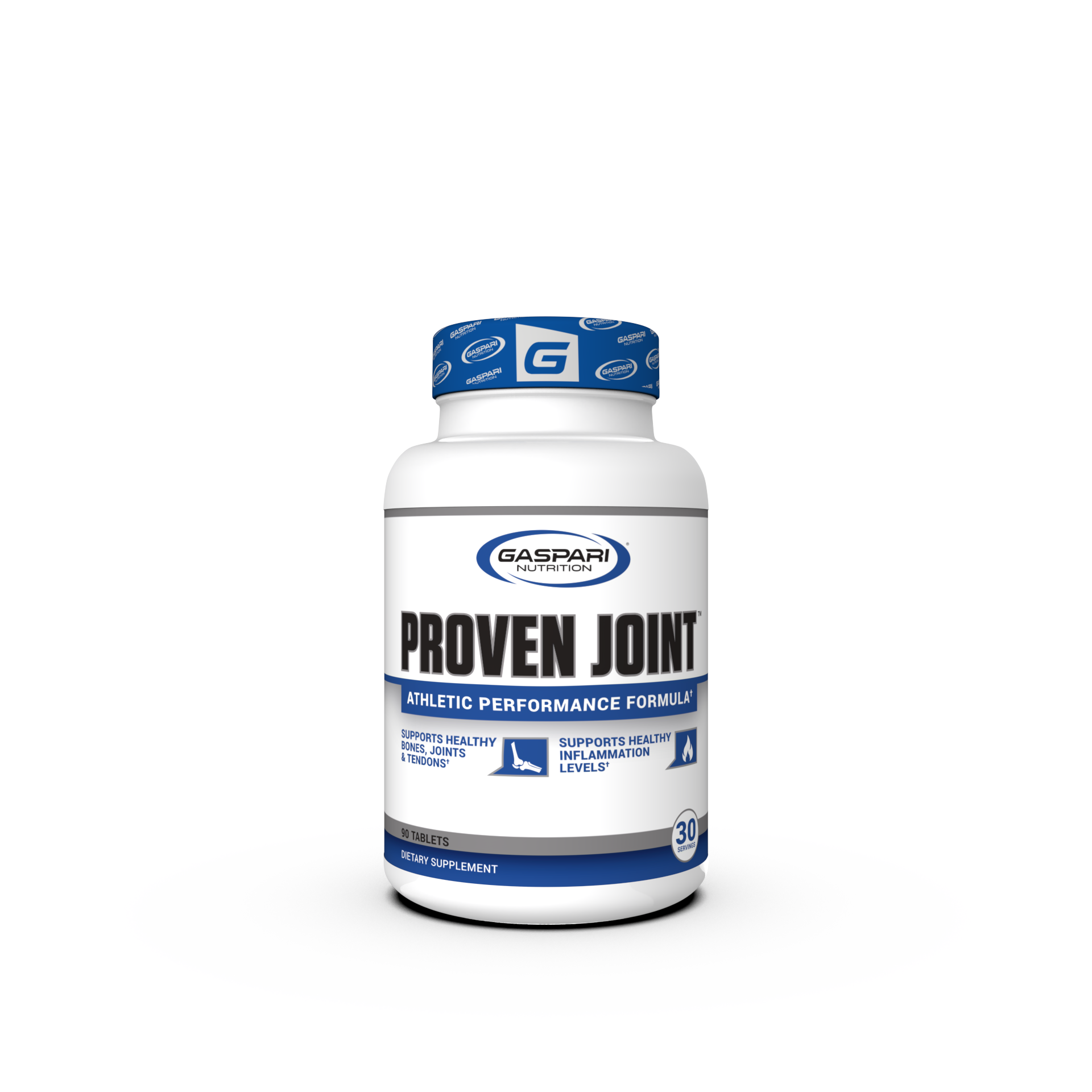
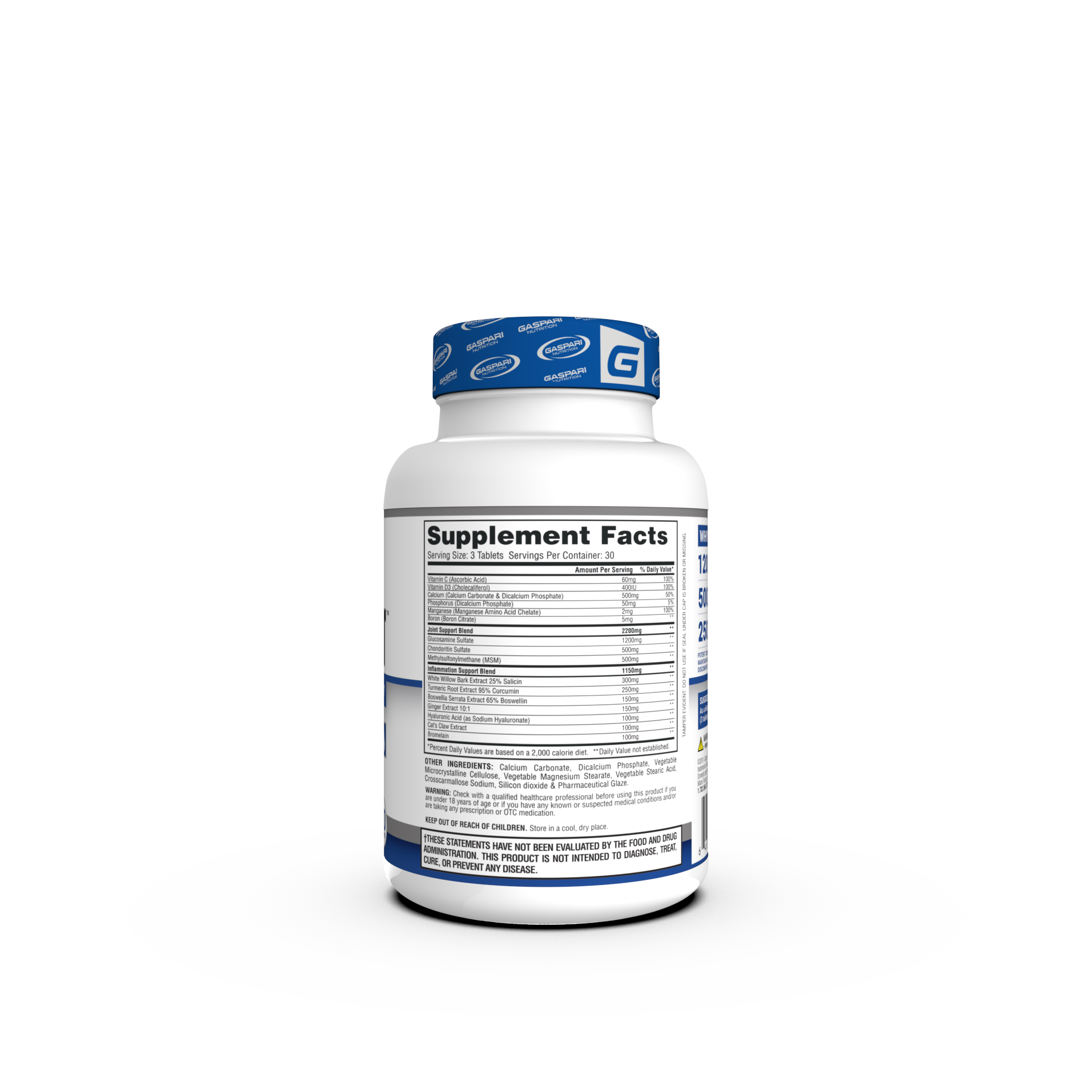
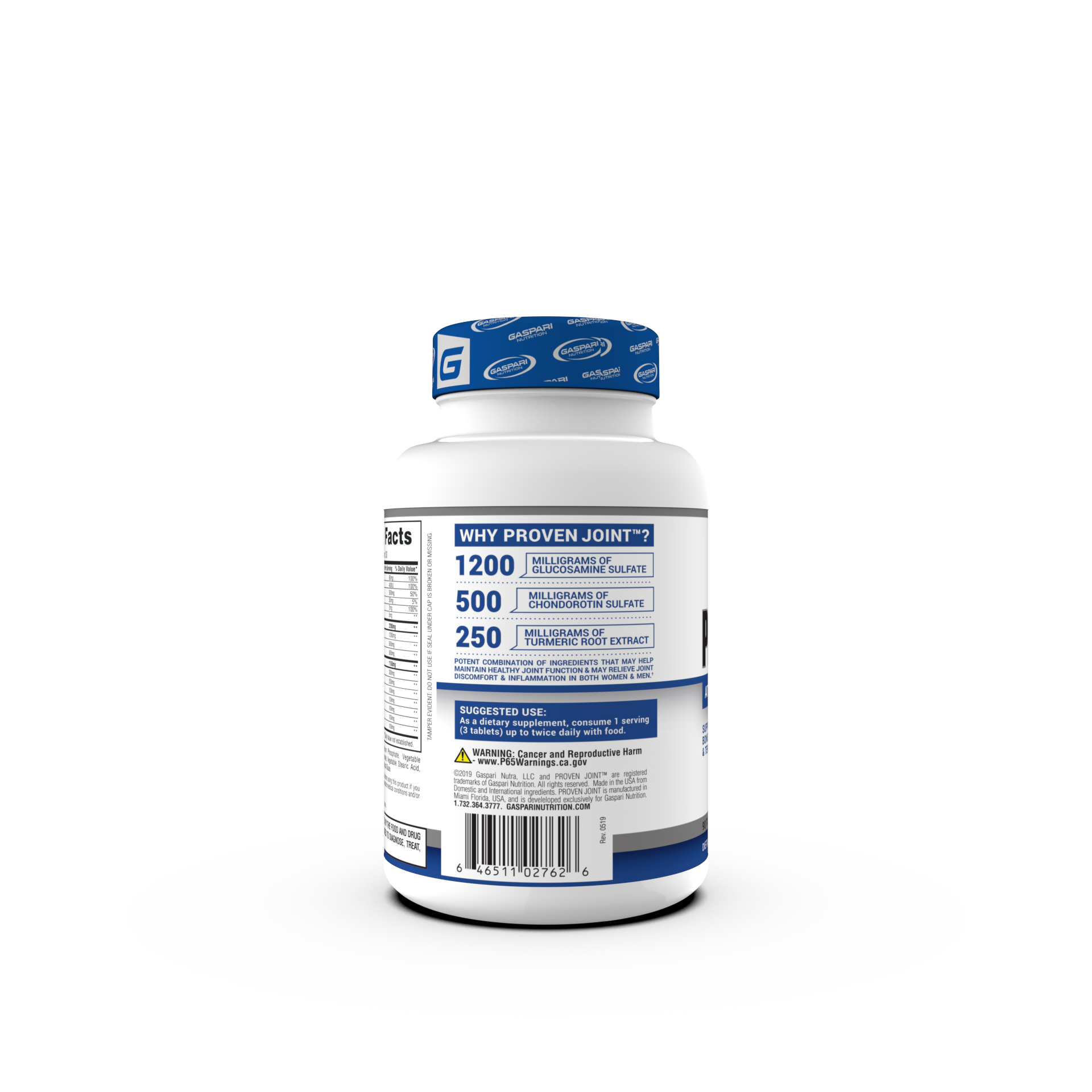

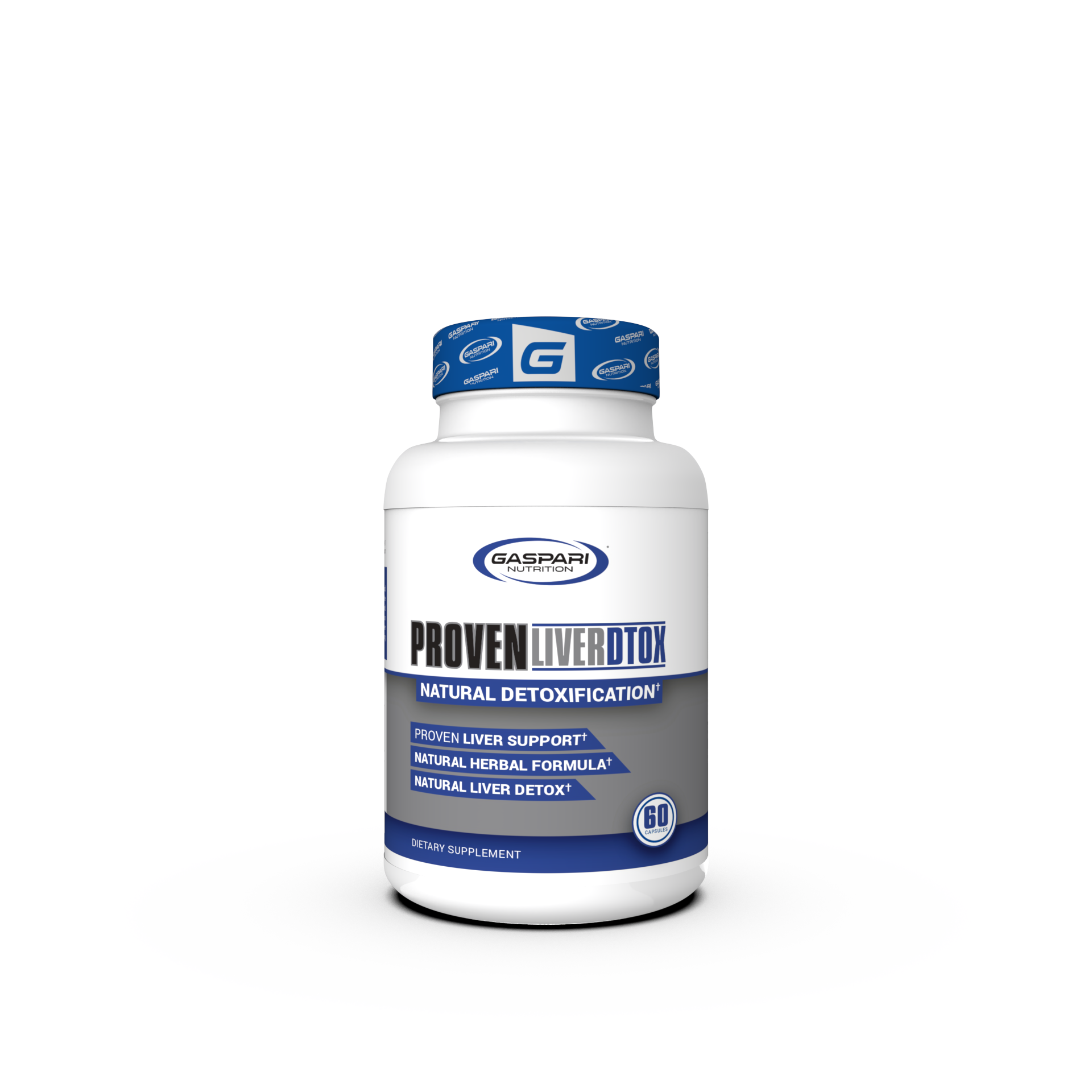
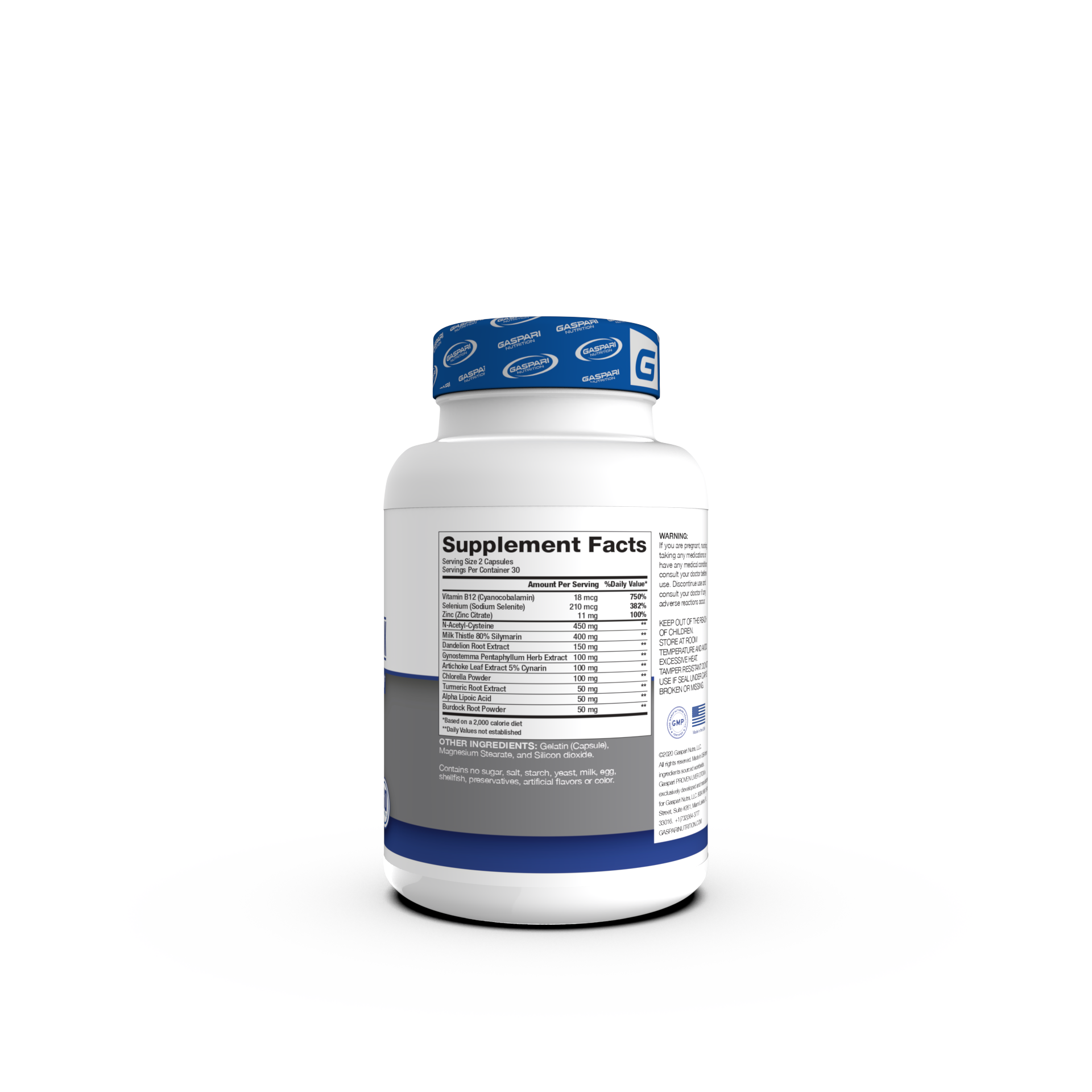
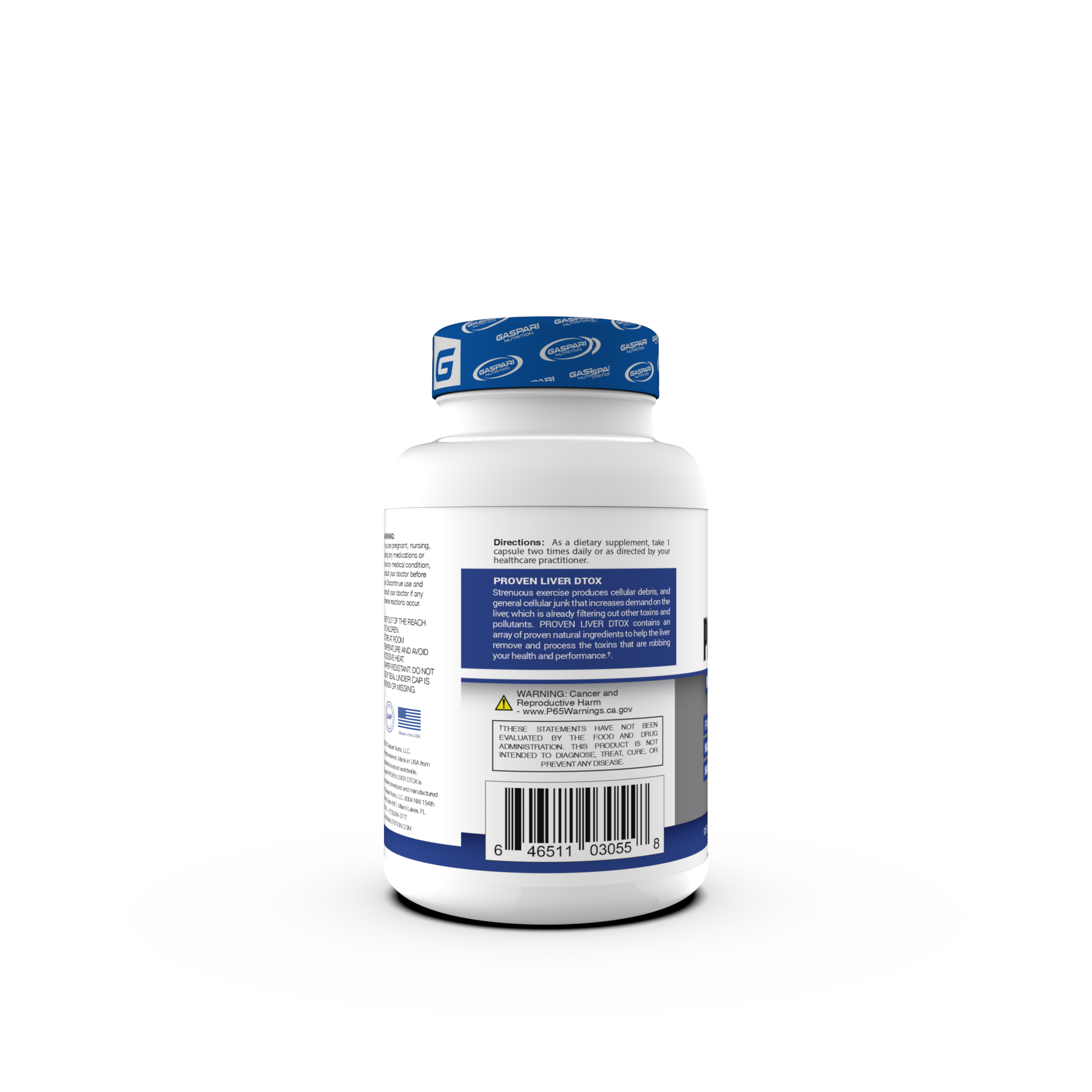

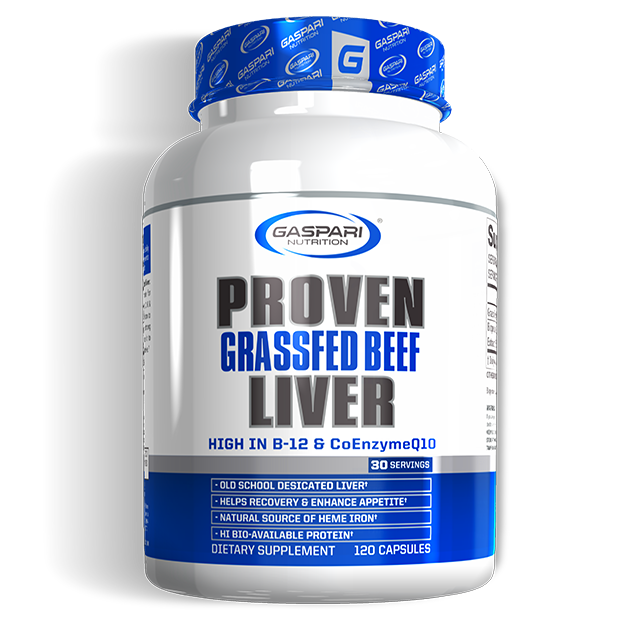

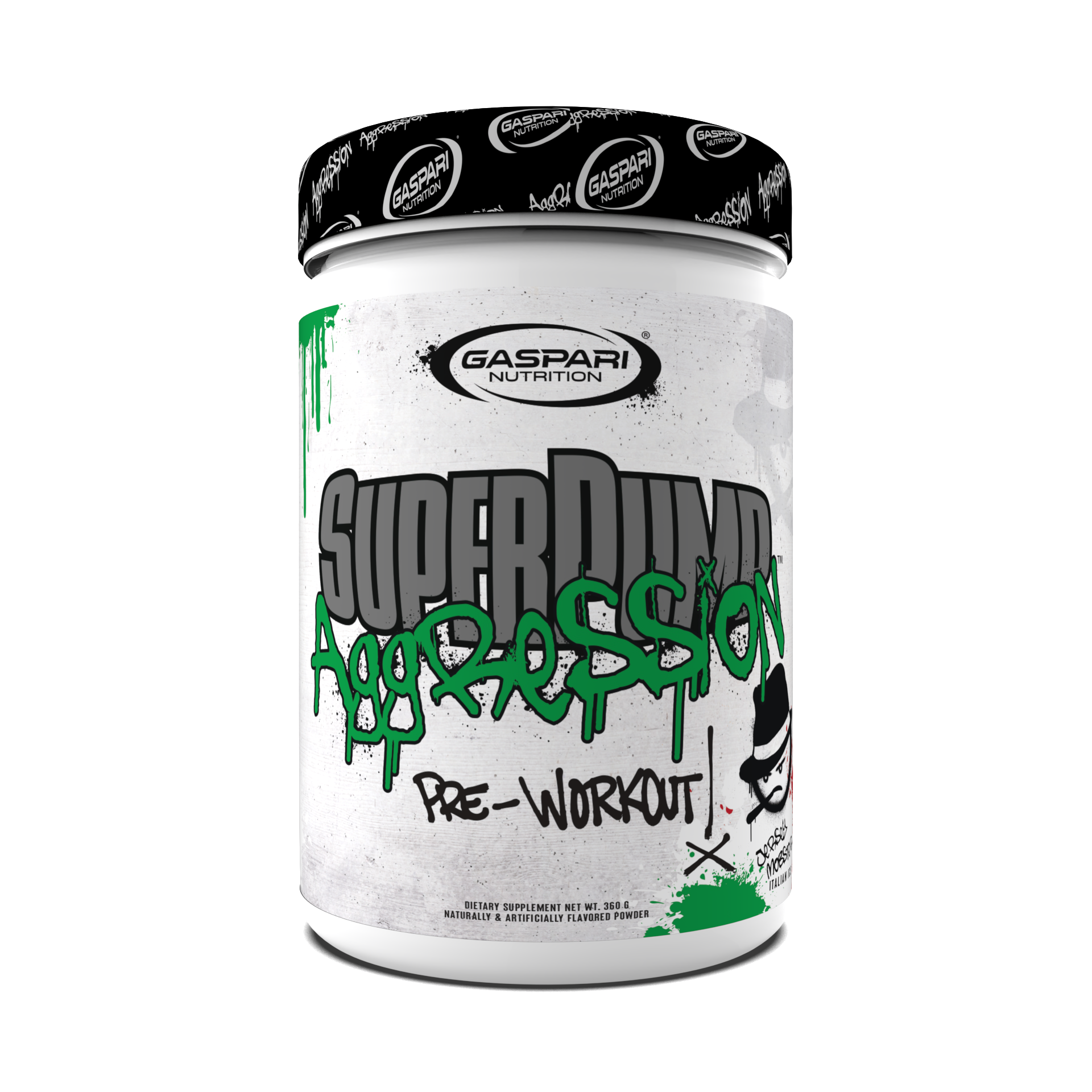
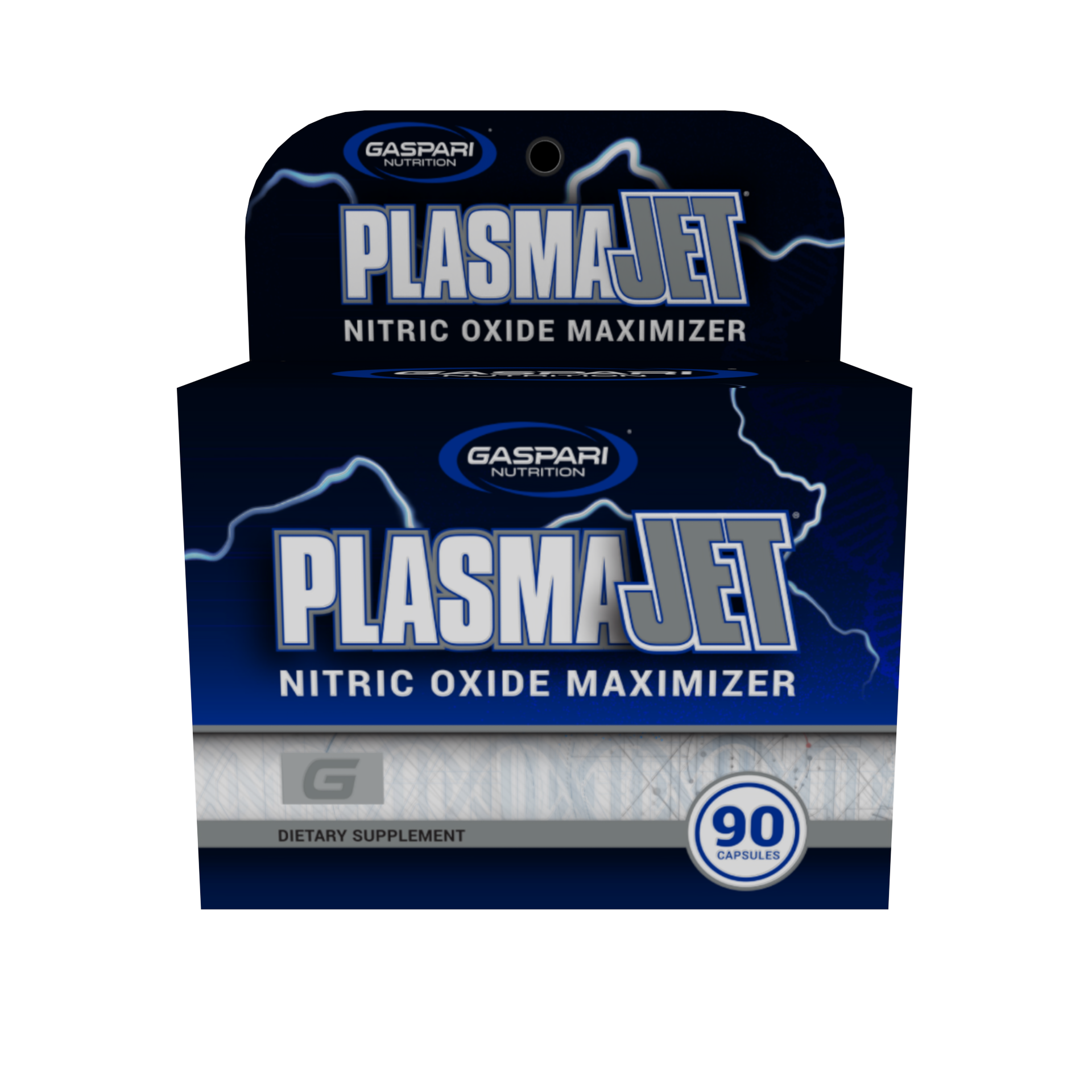


Share:
Do It For You
Rich Gaspari: The Untold Journey of a Bodybuilding Legend